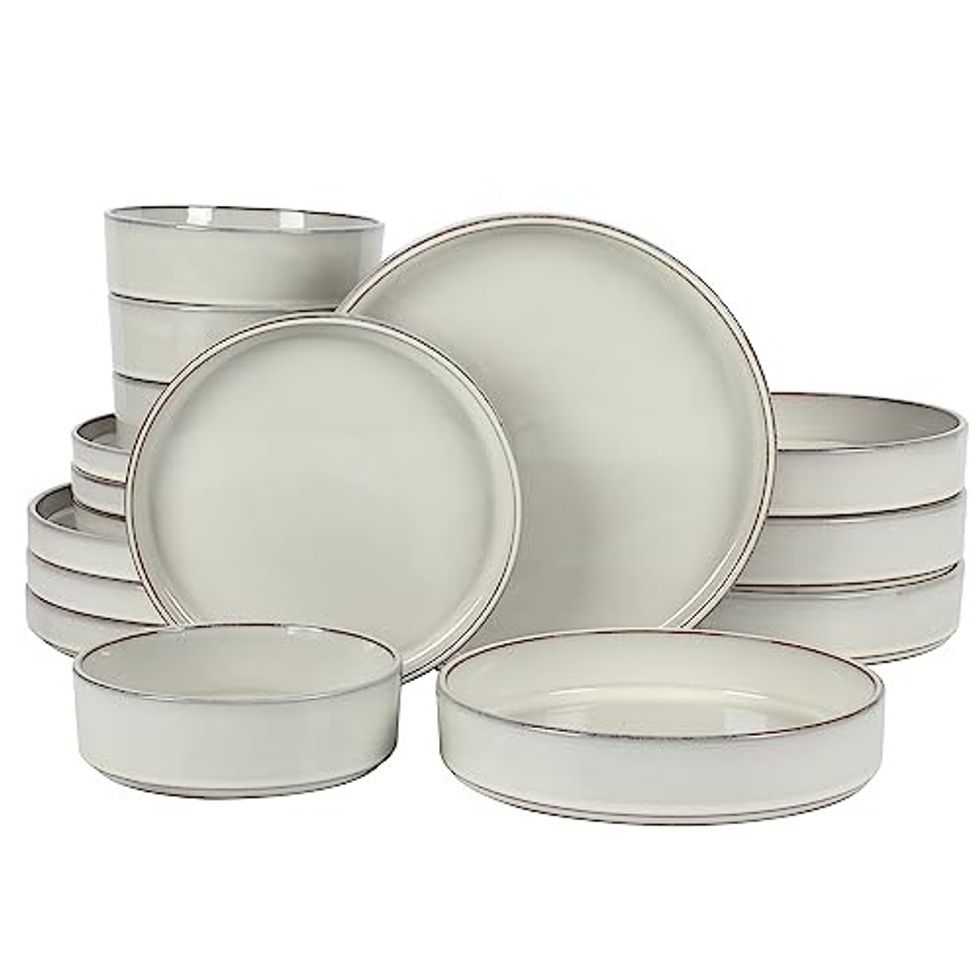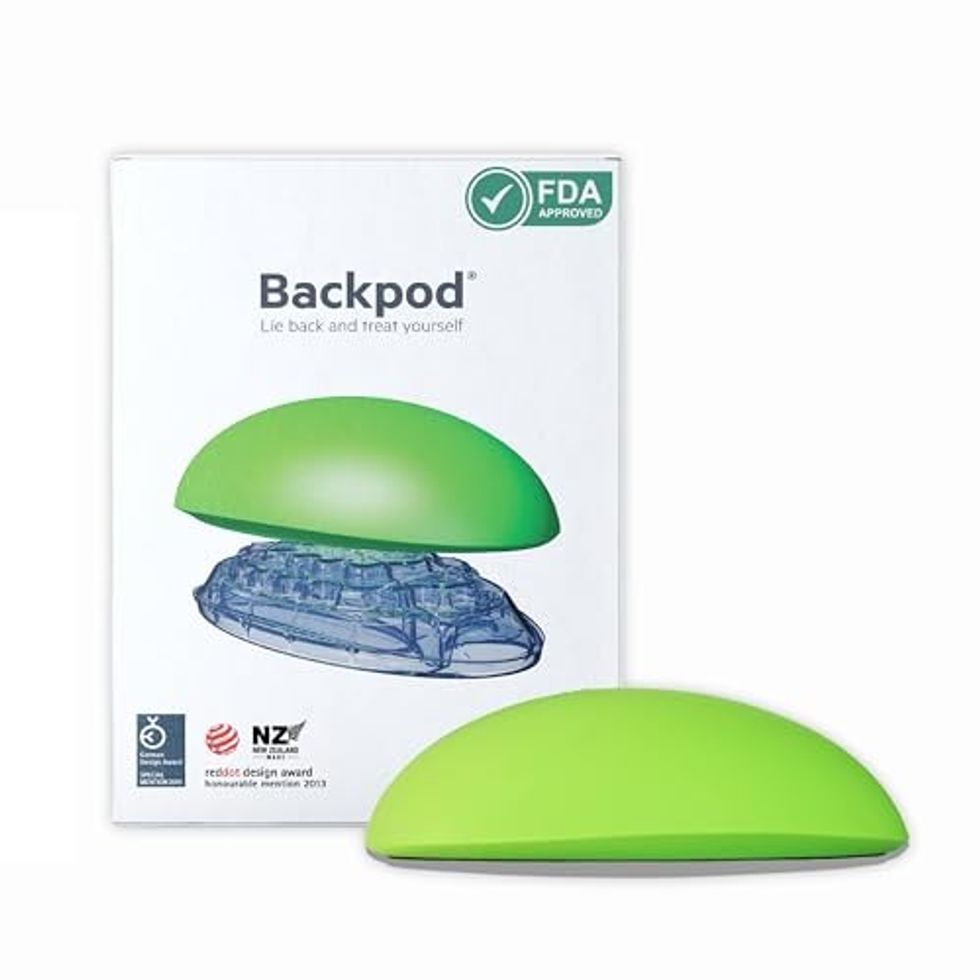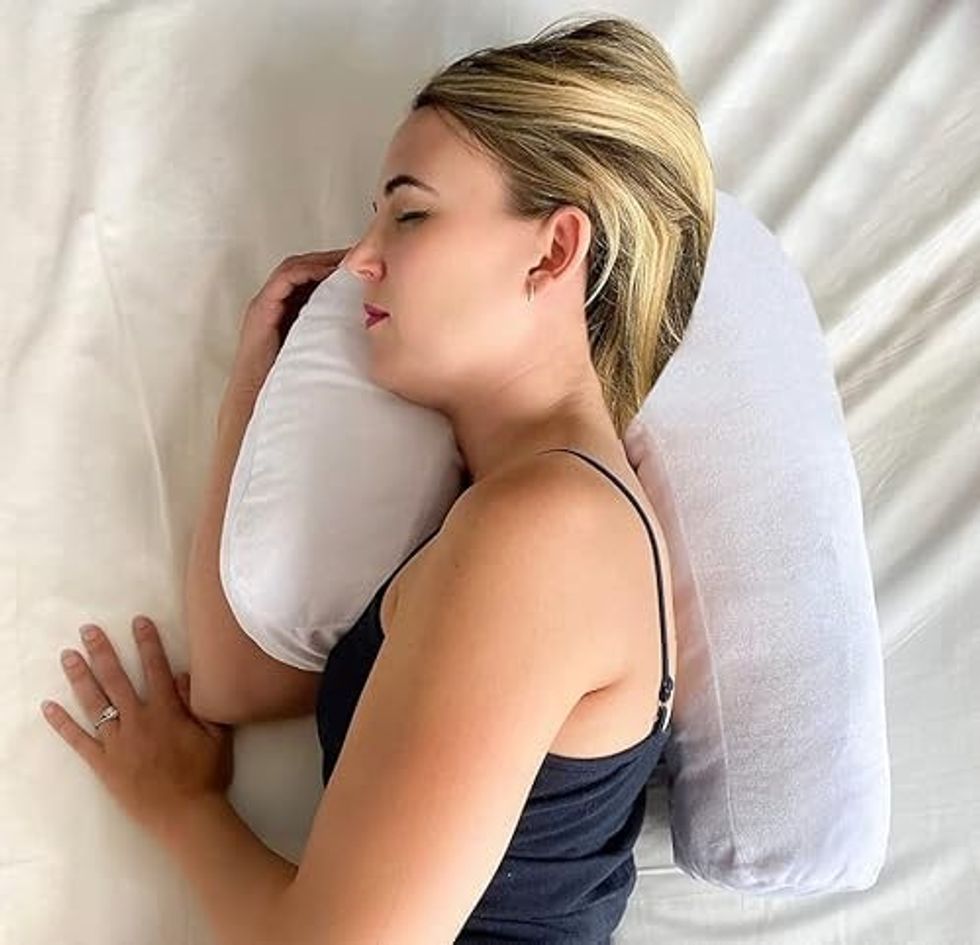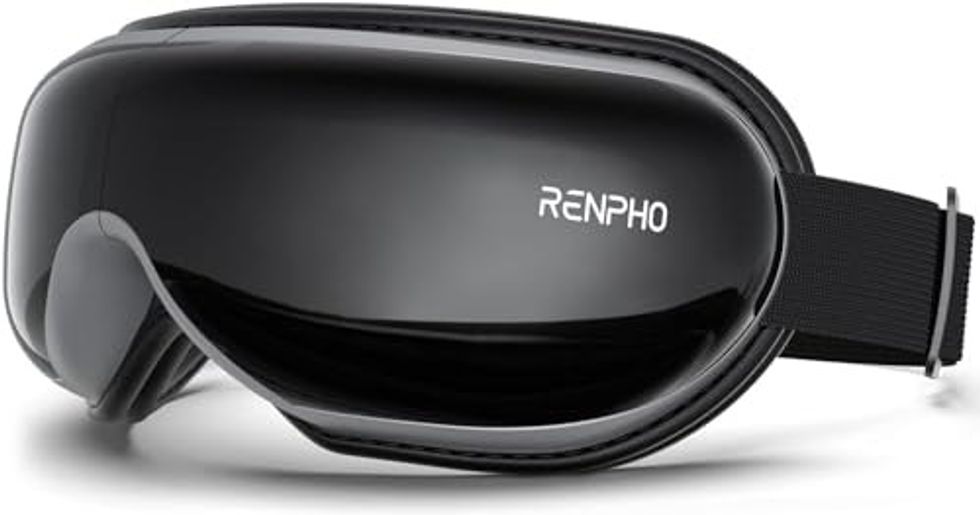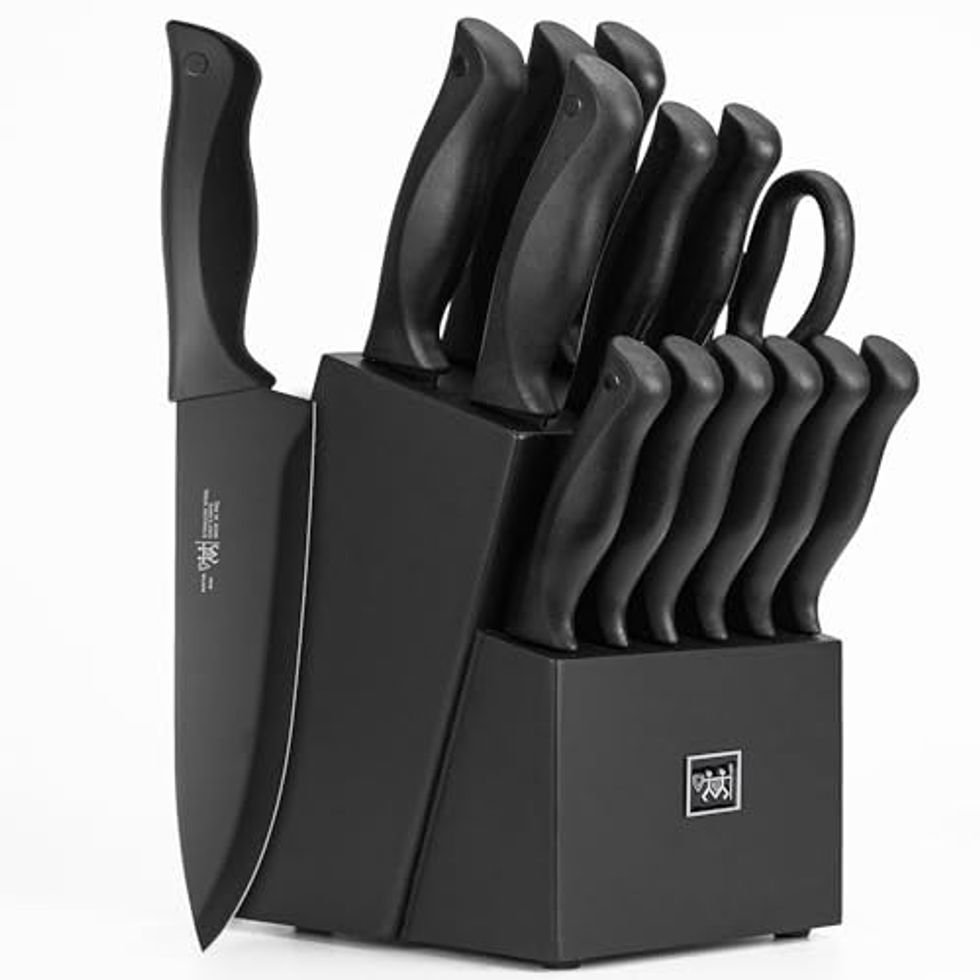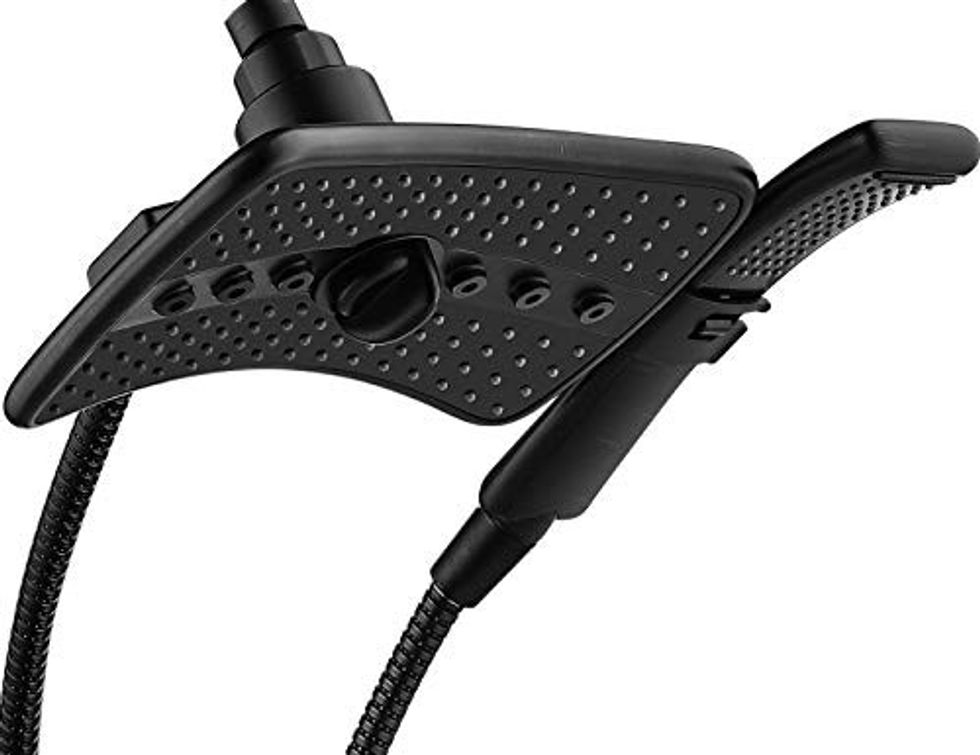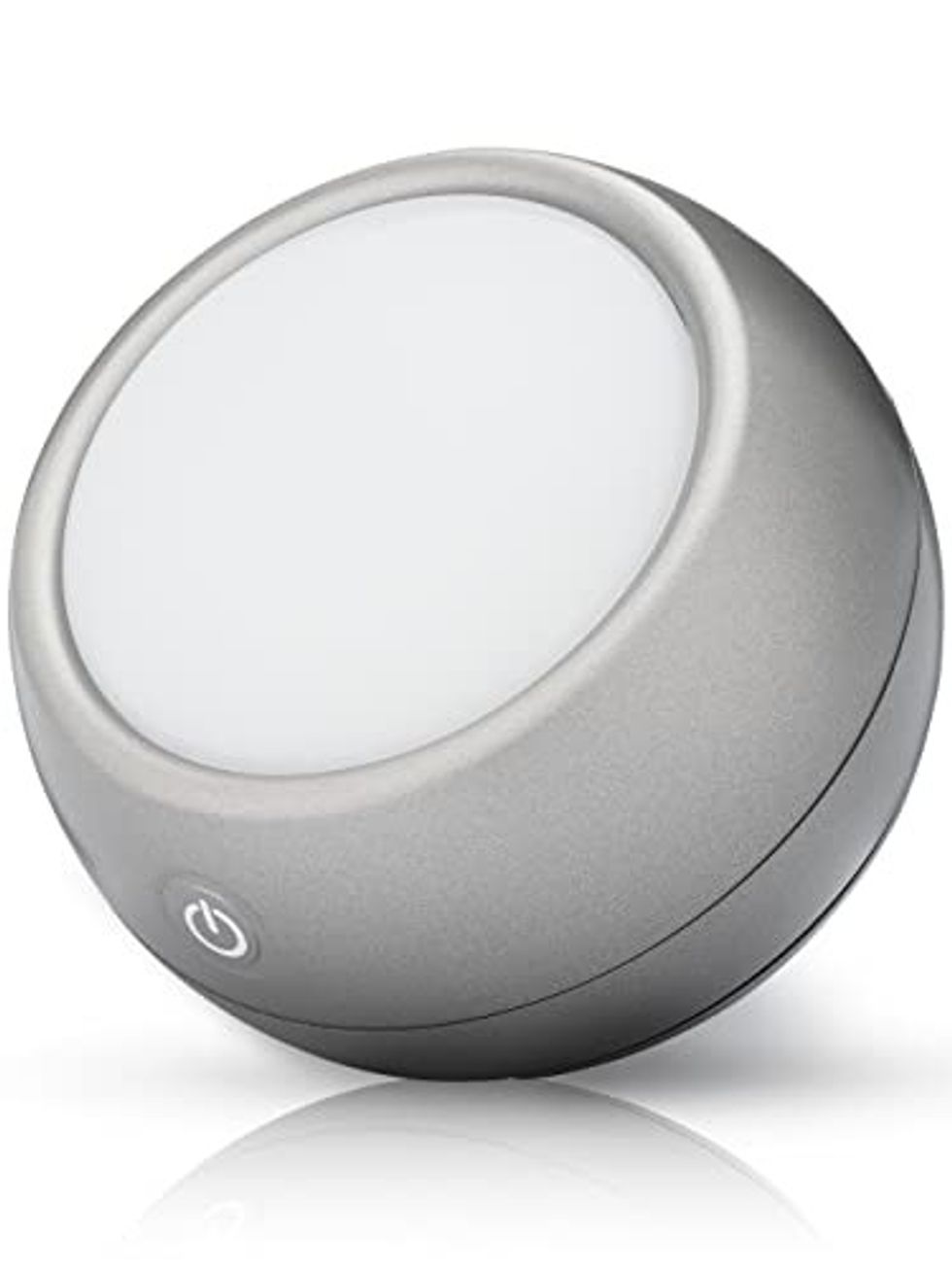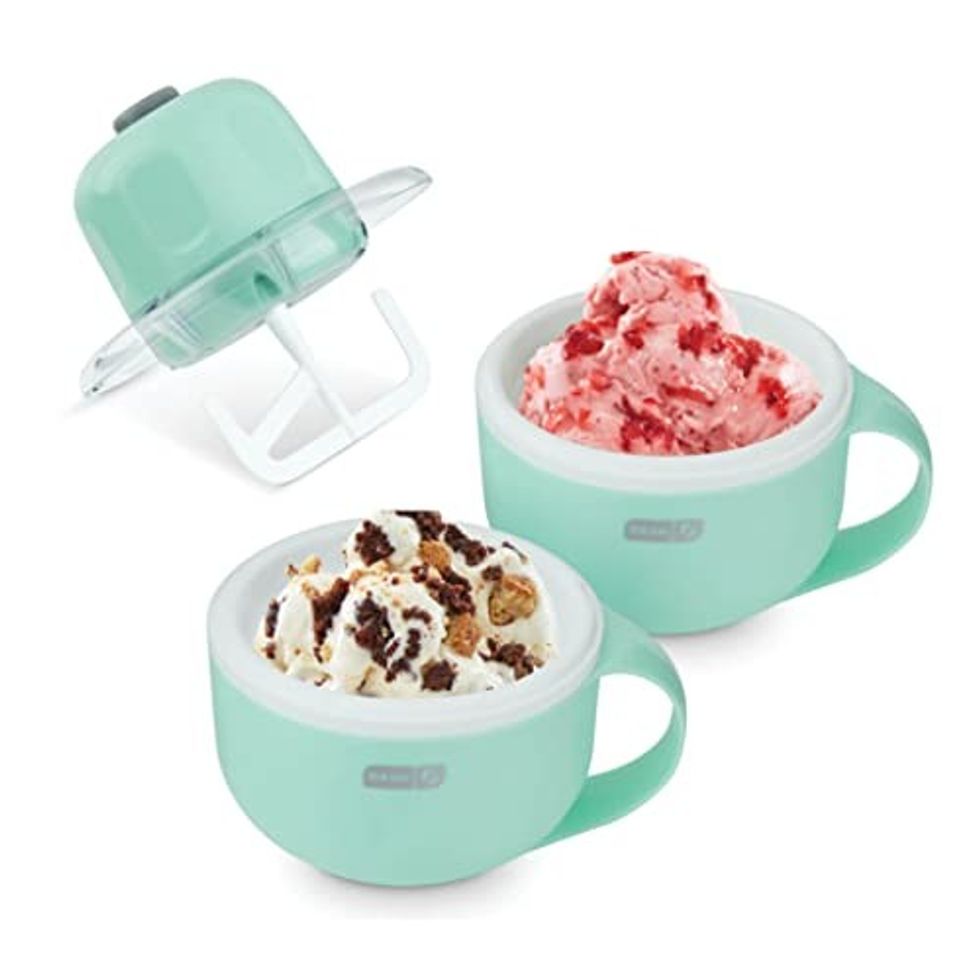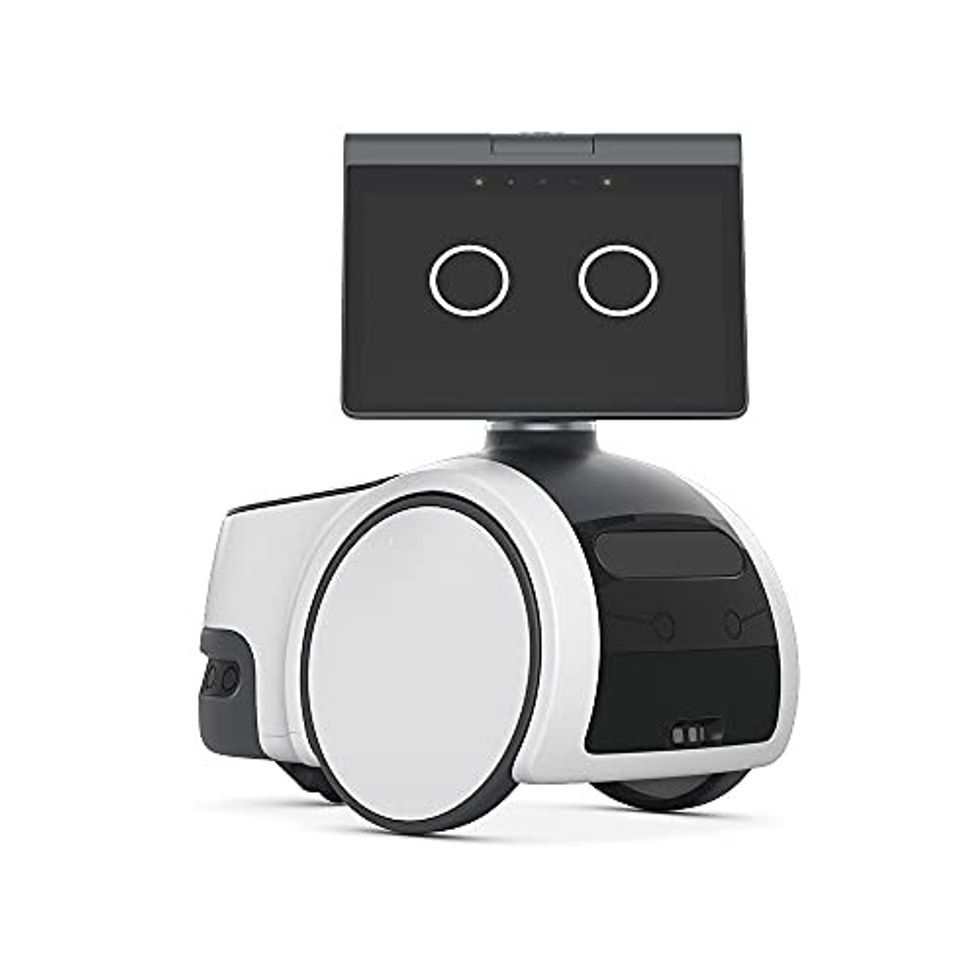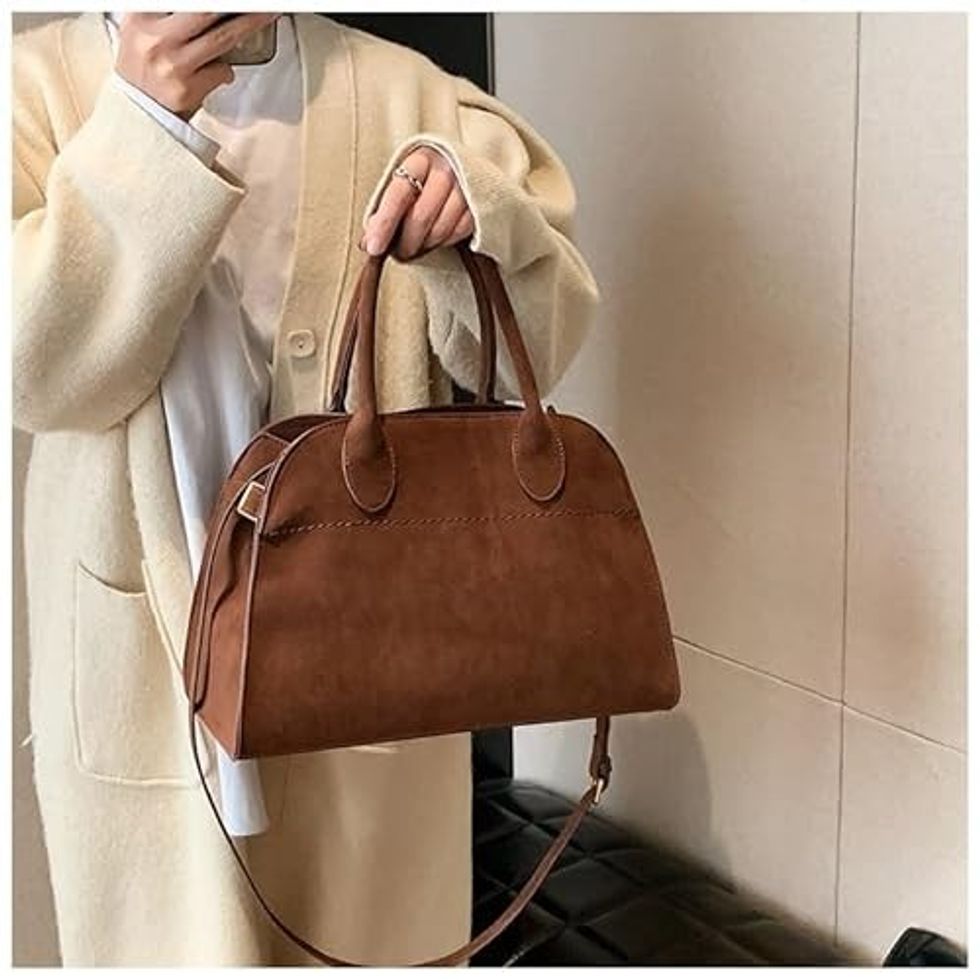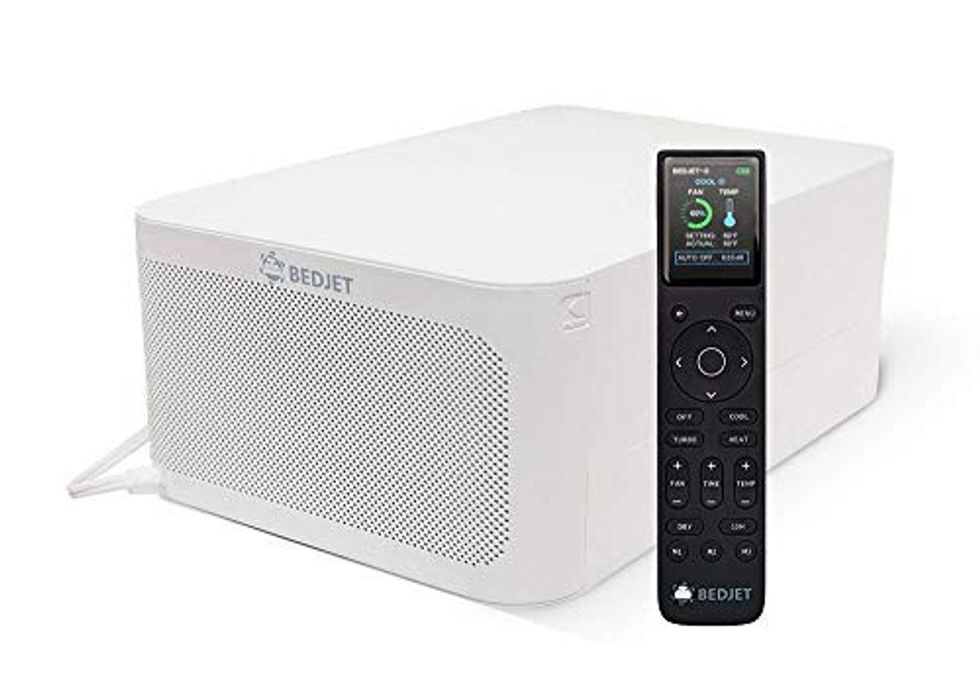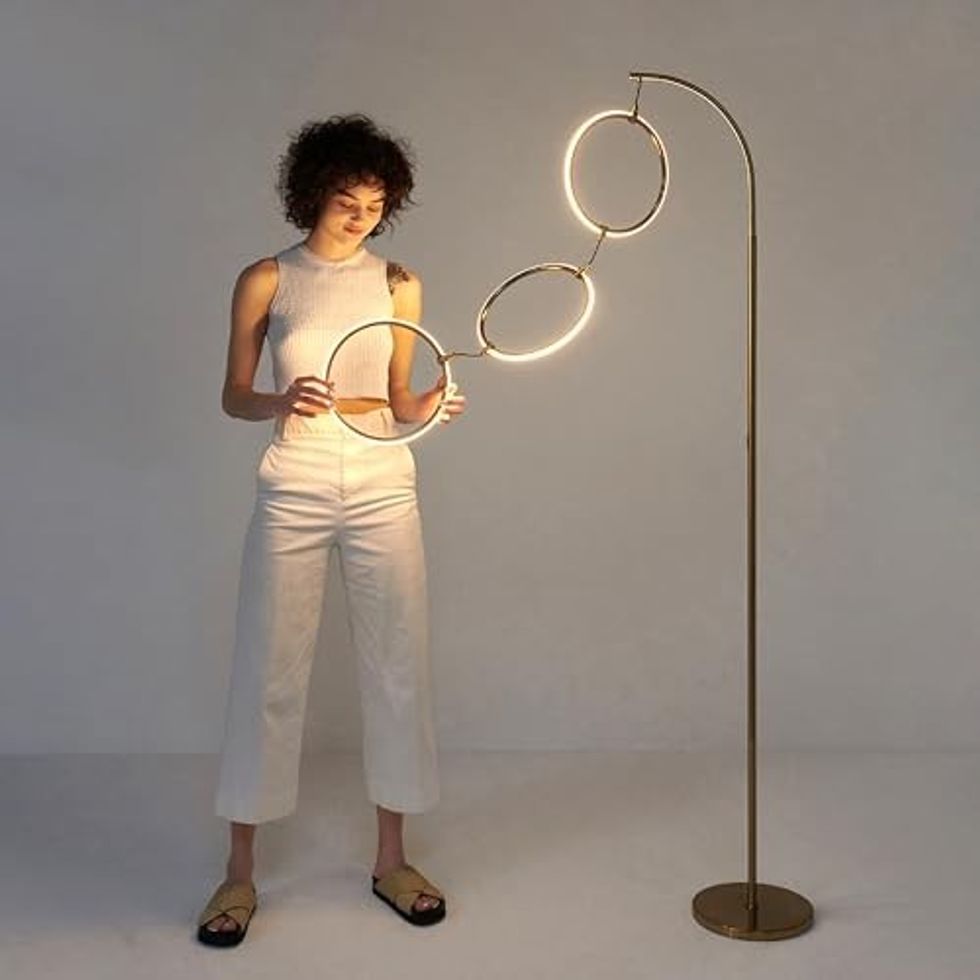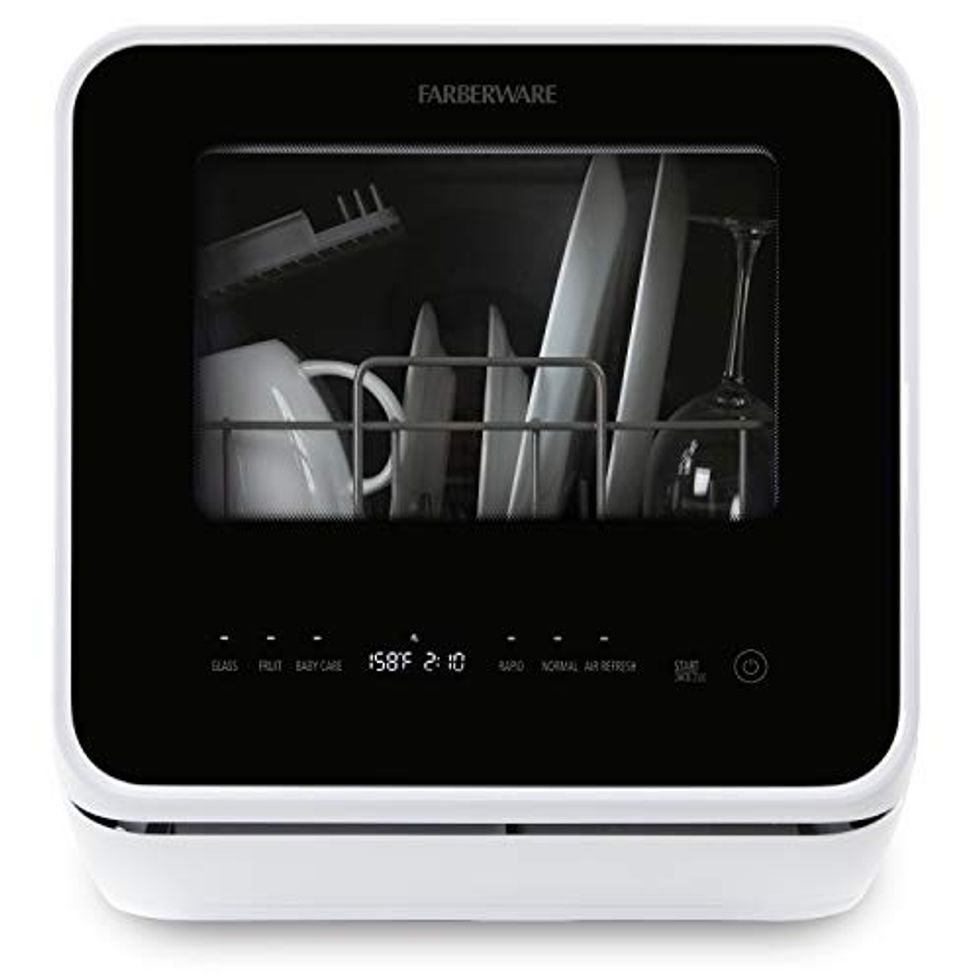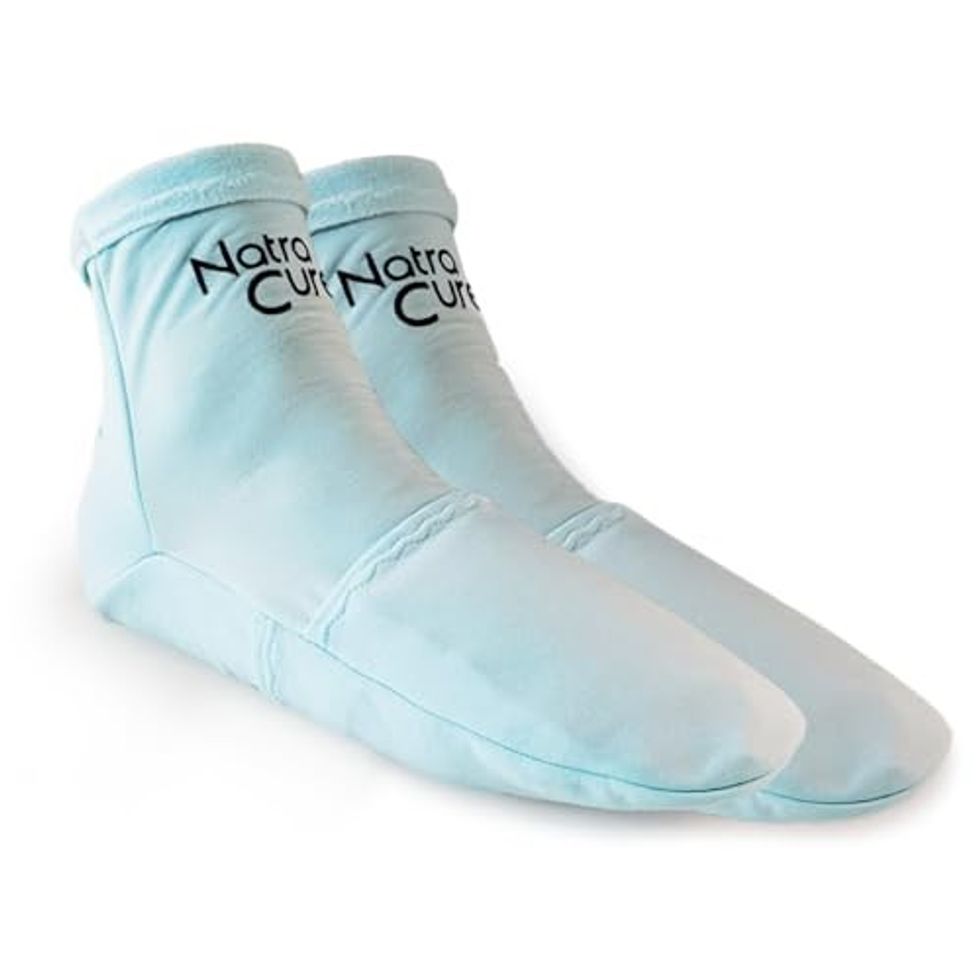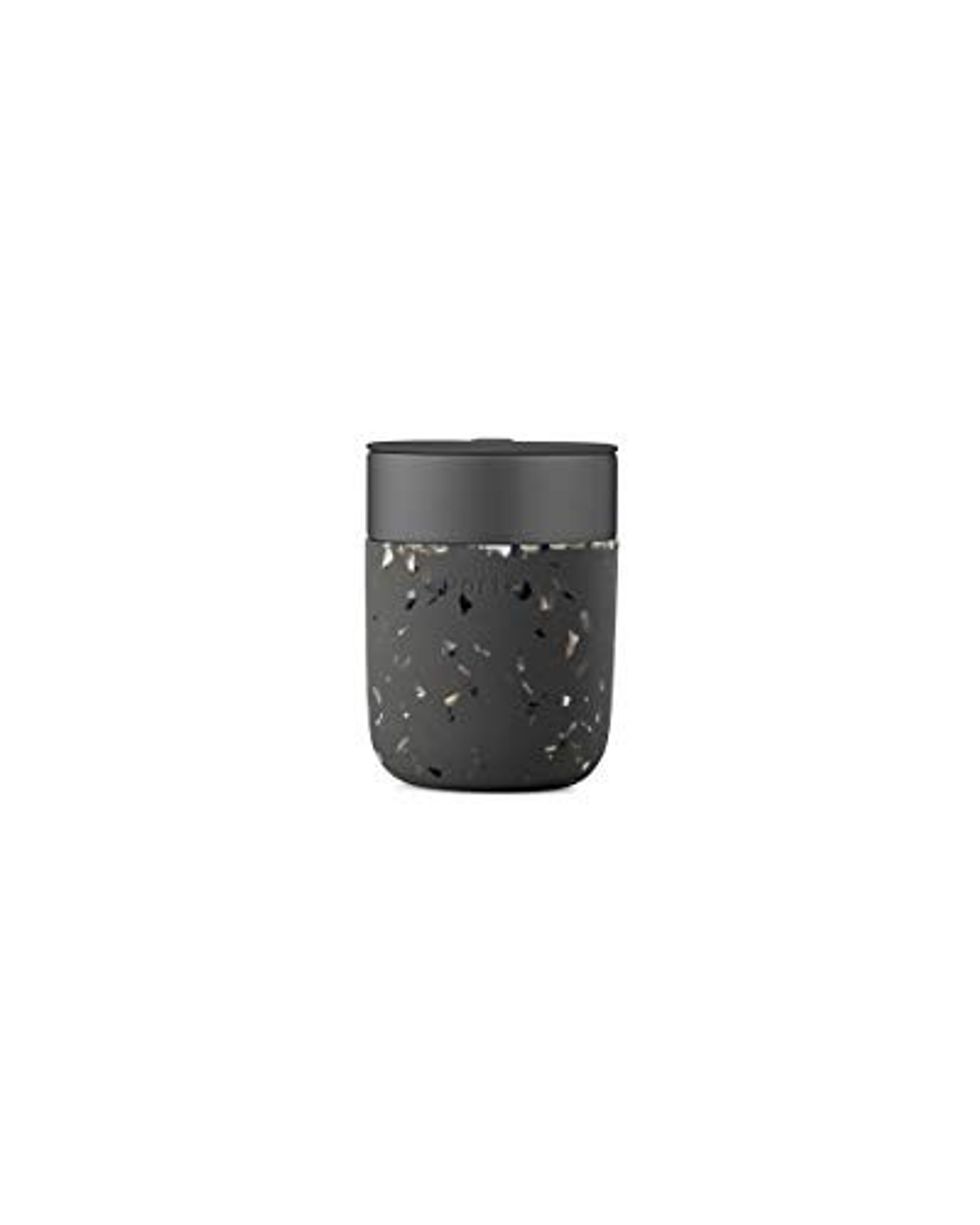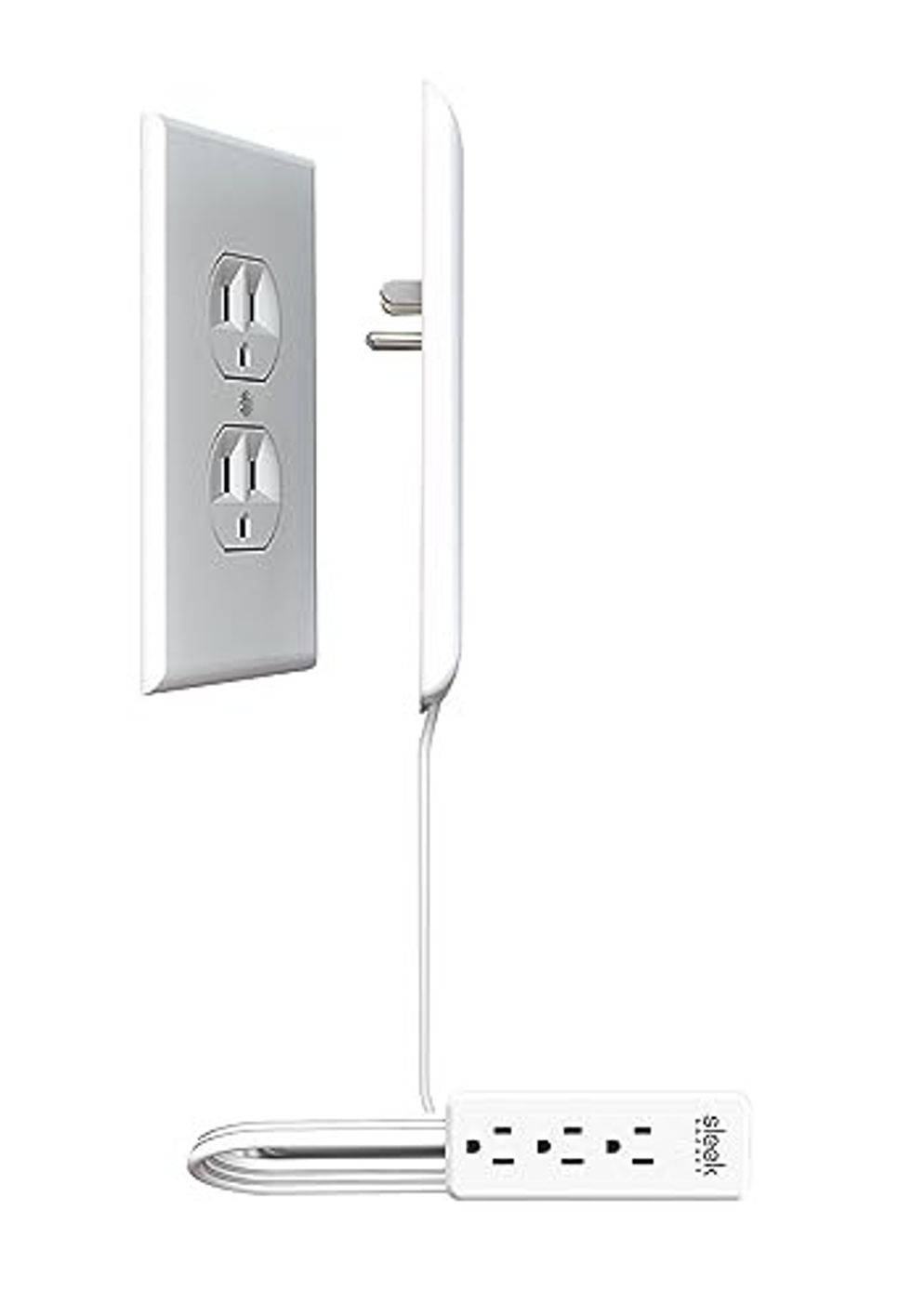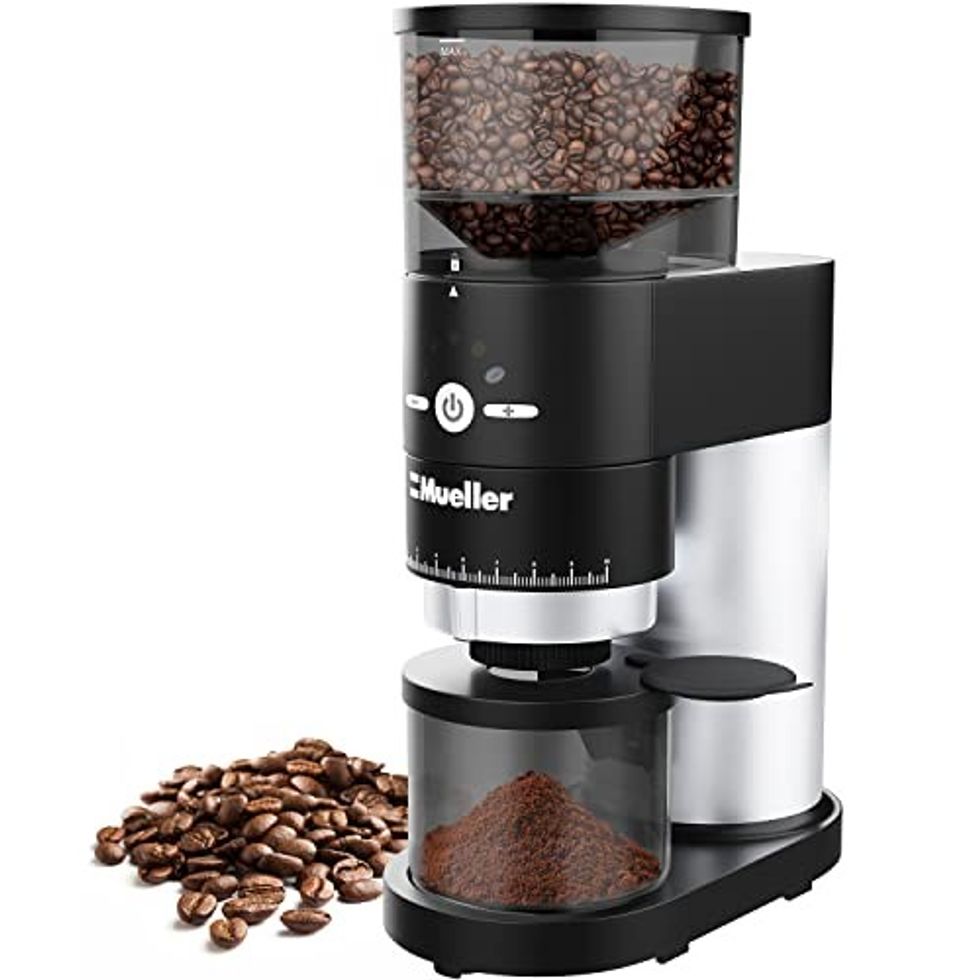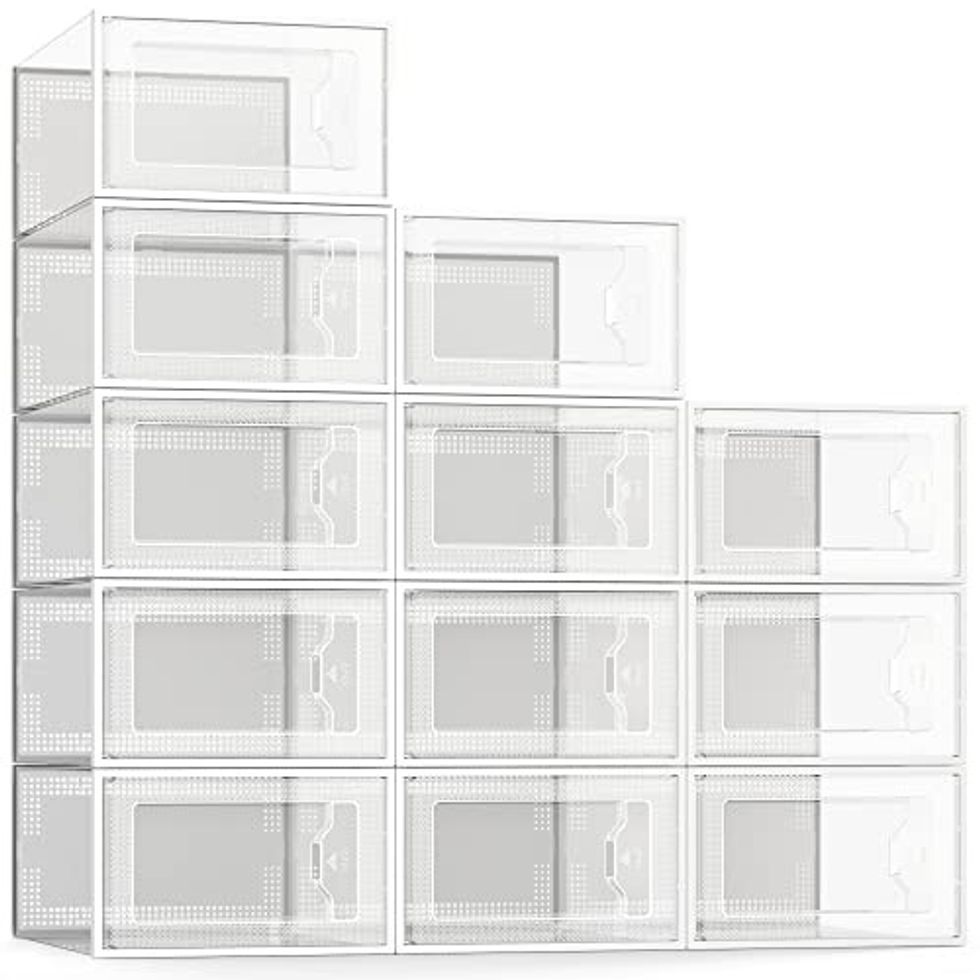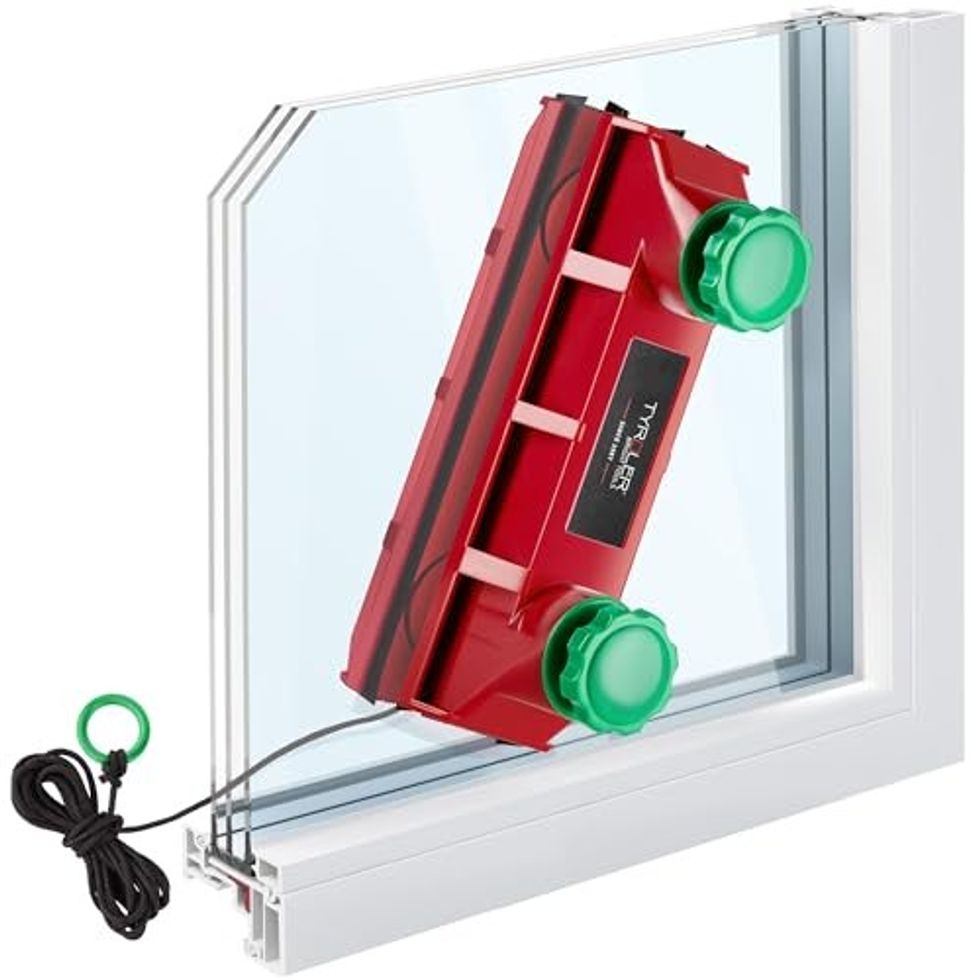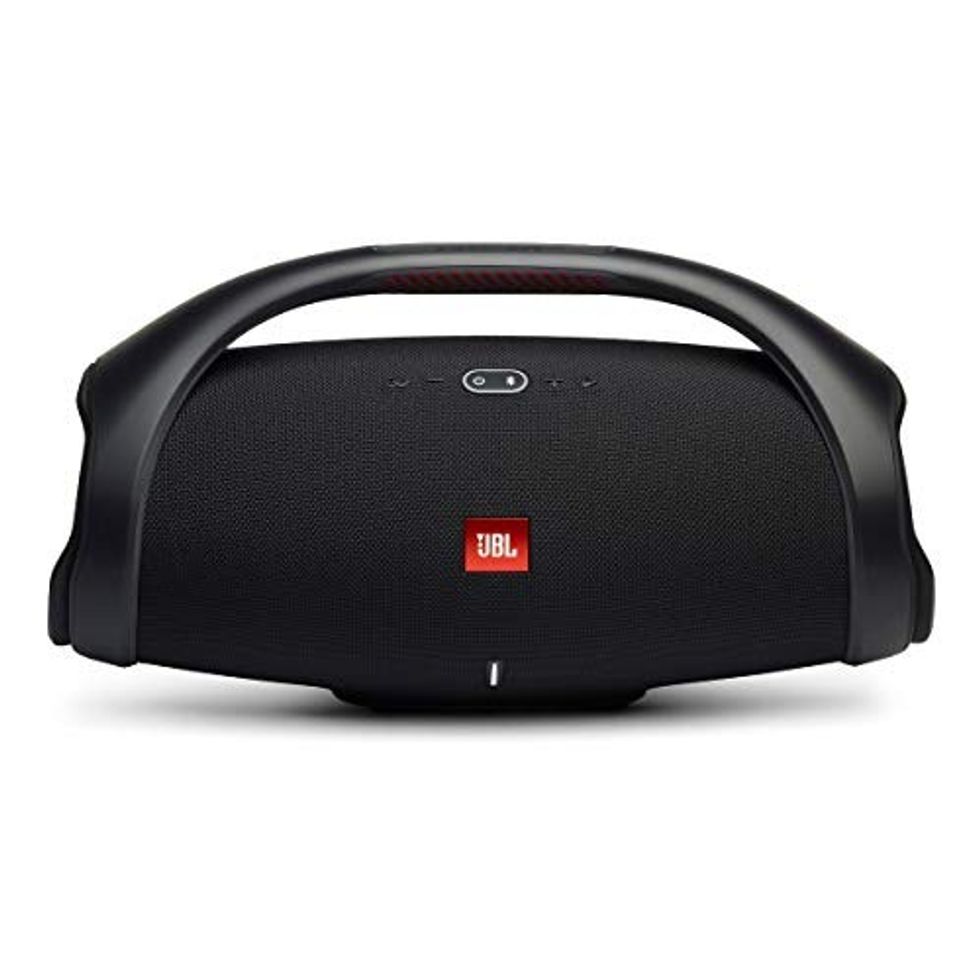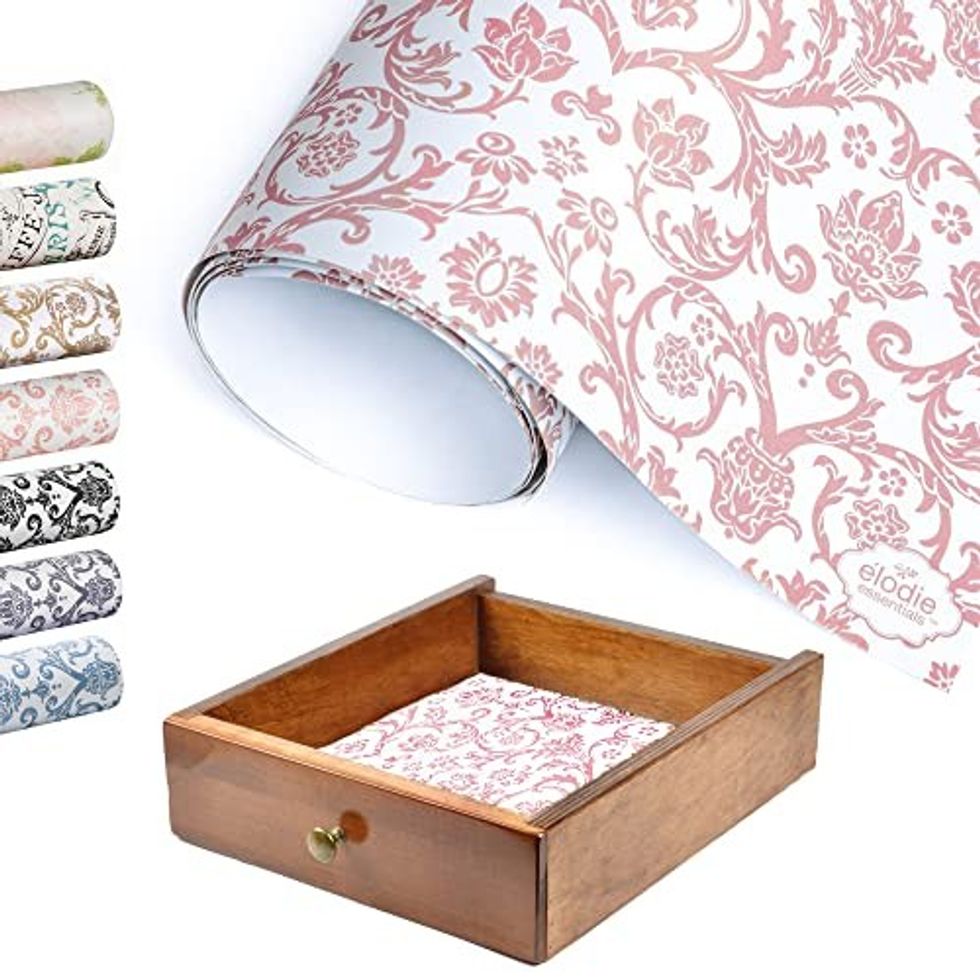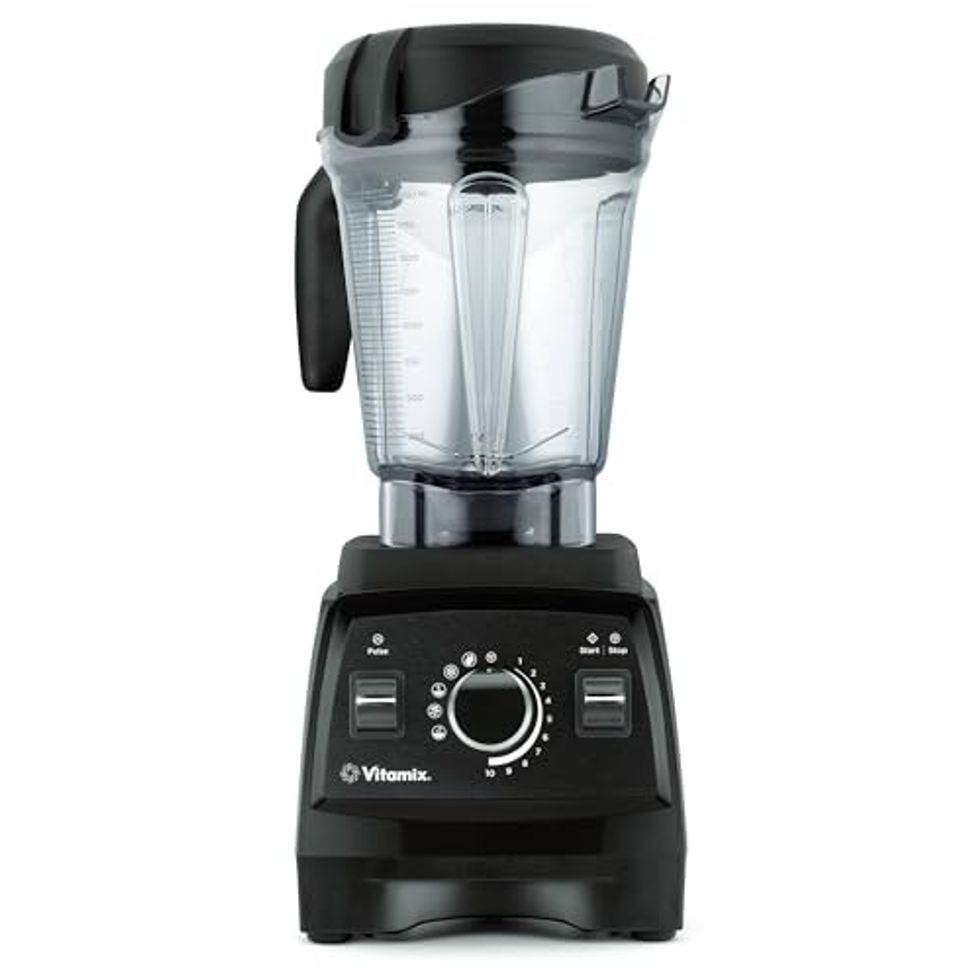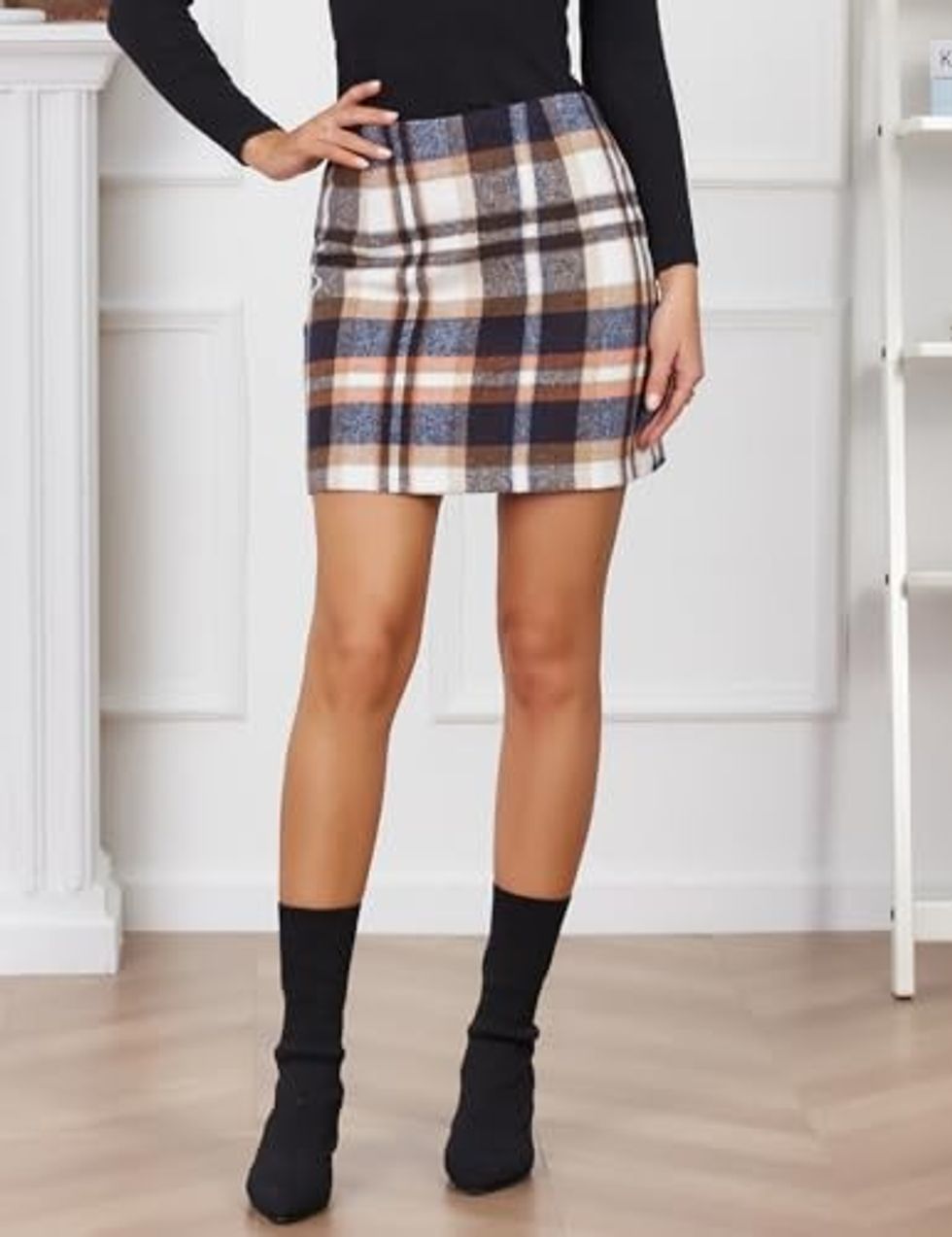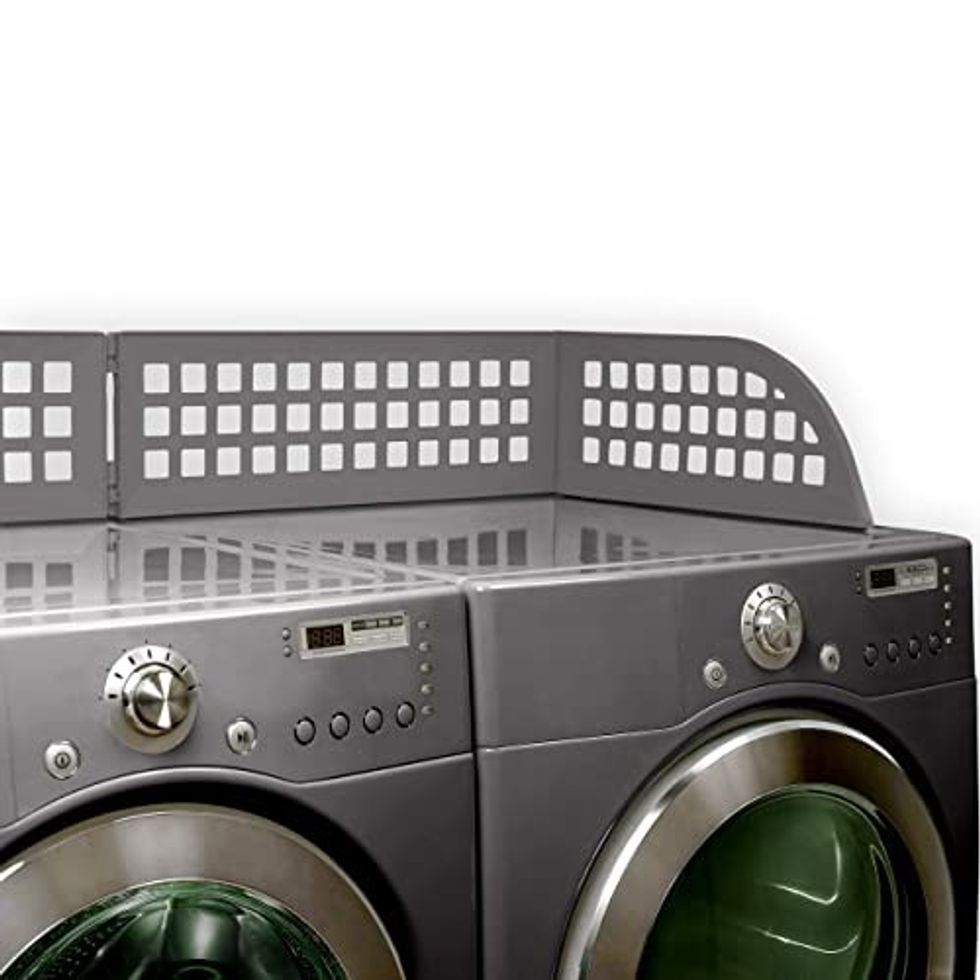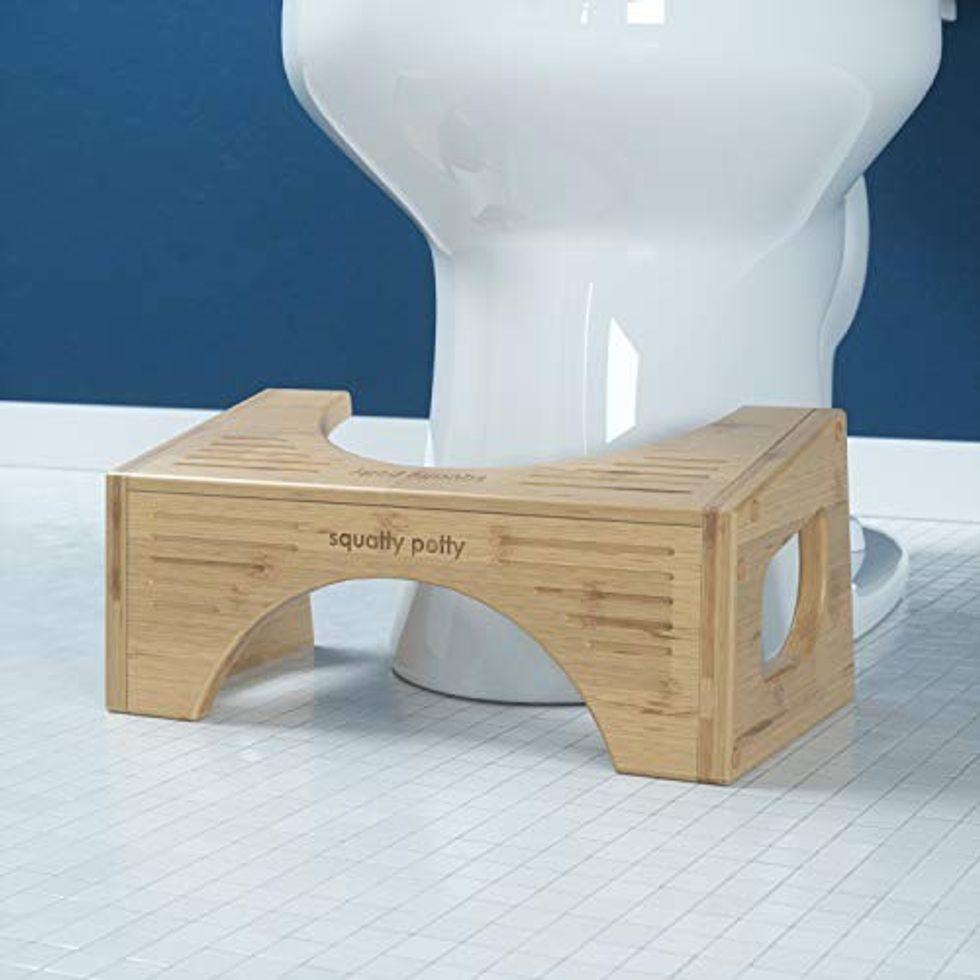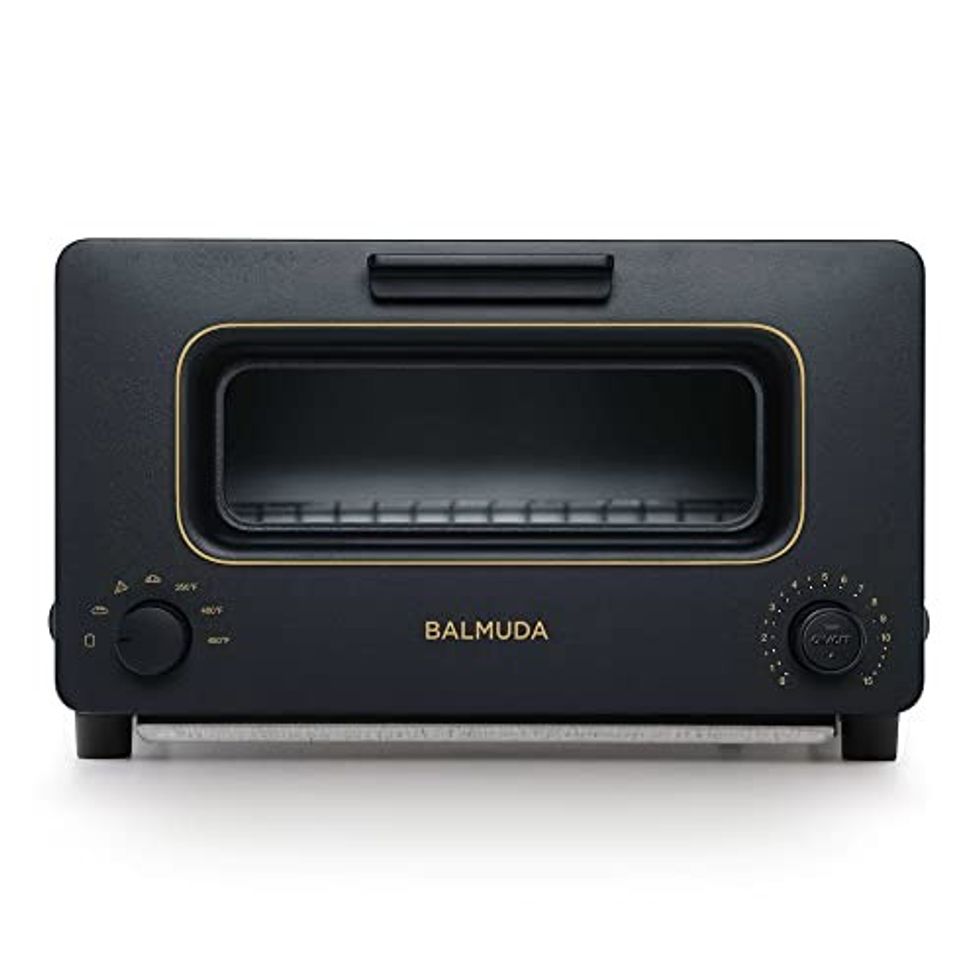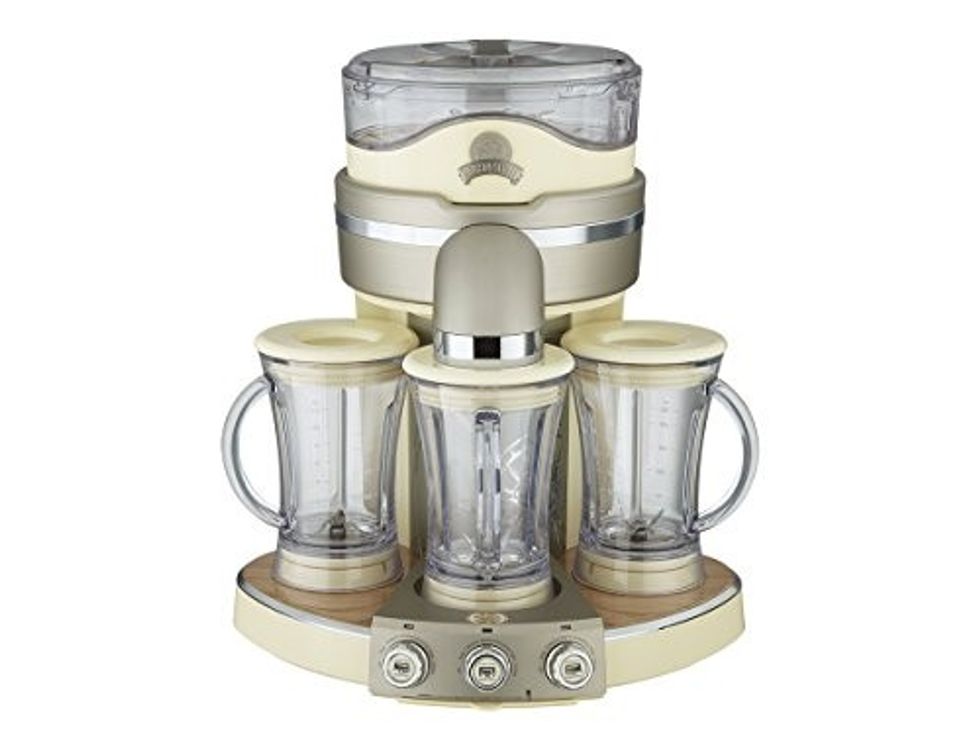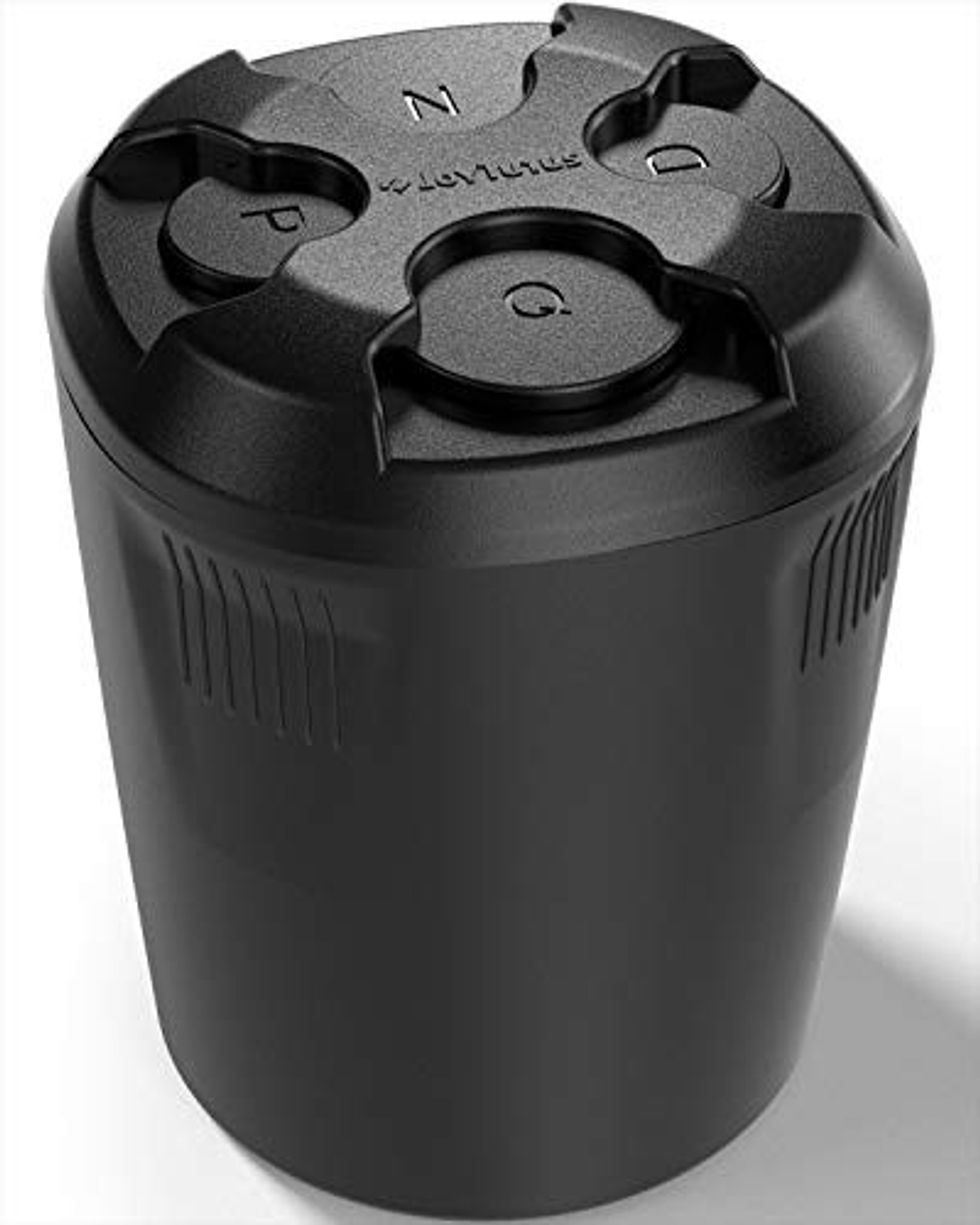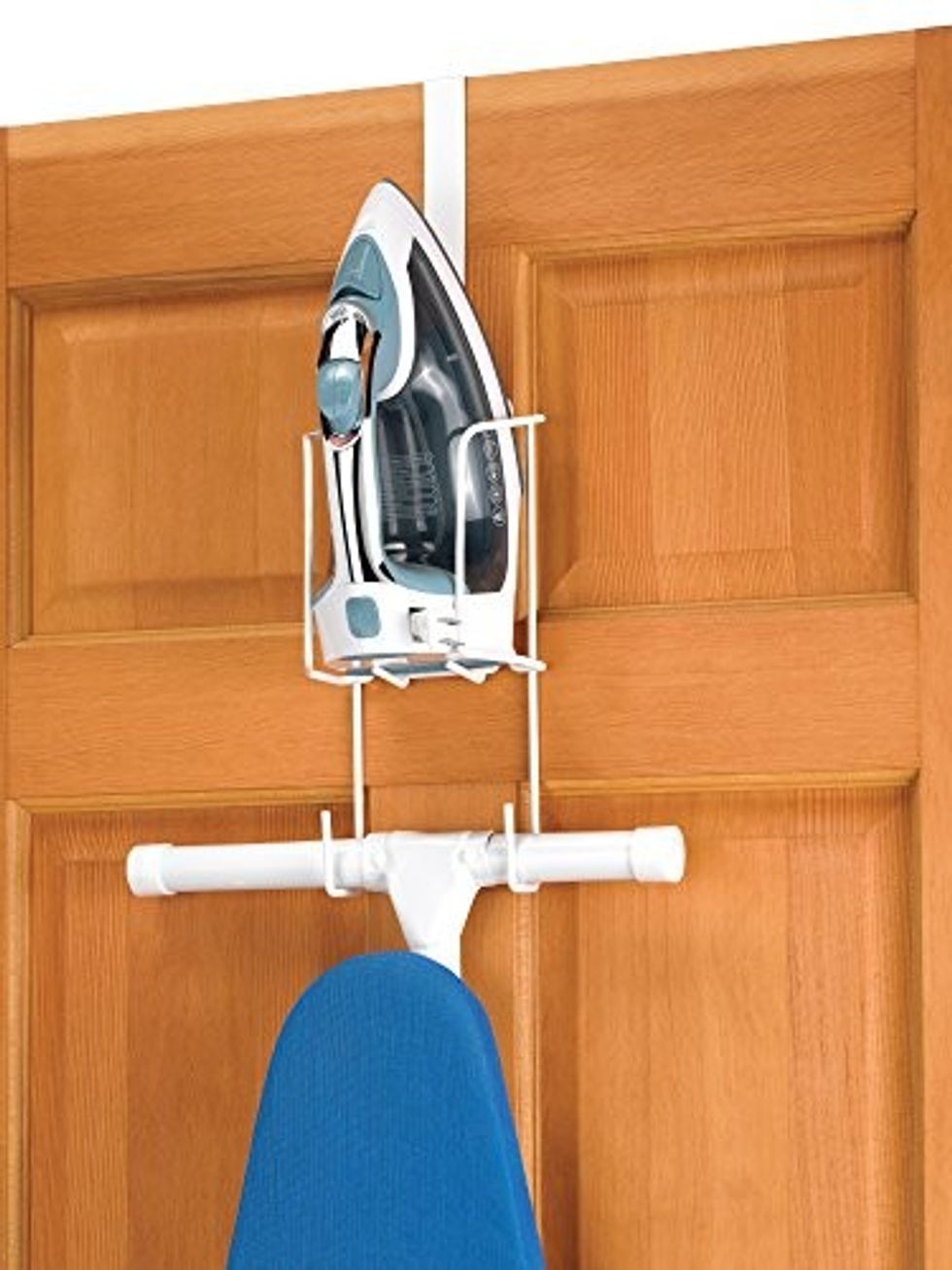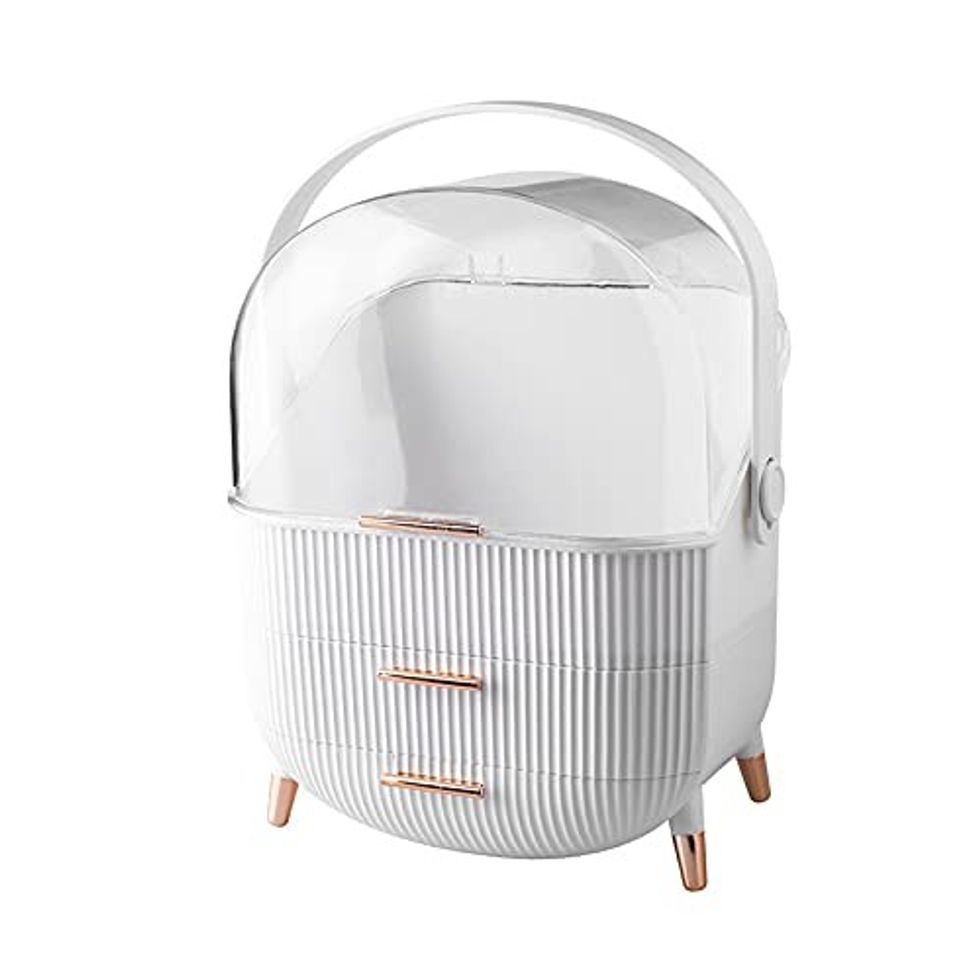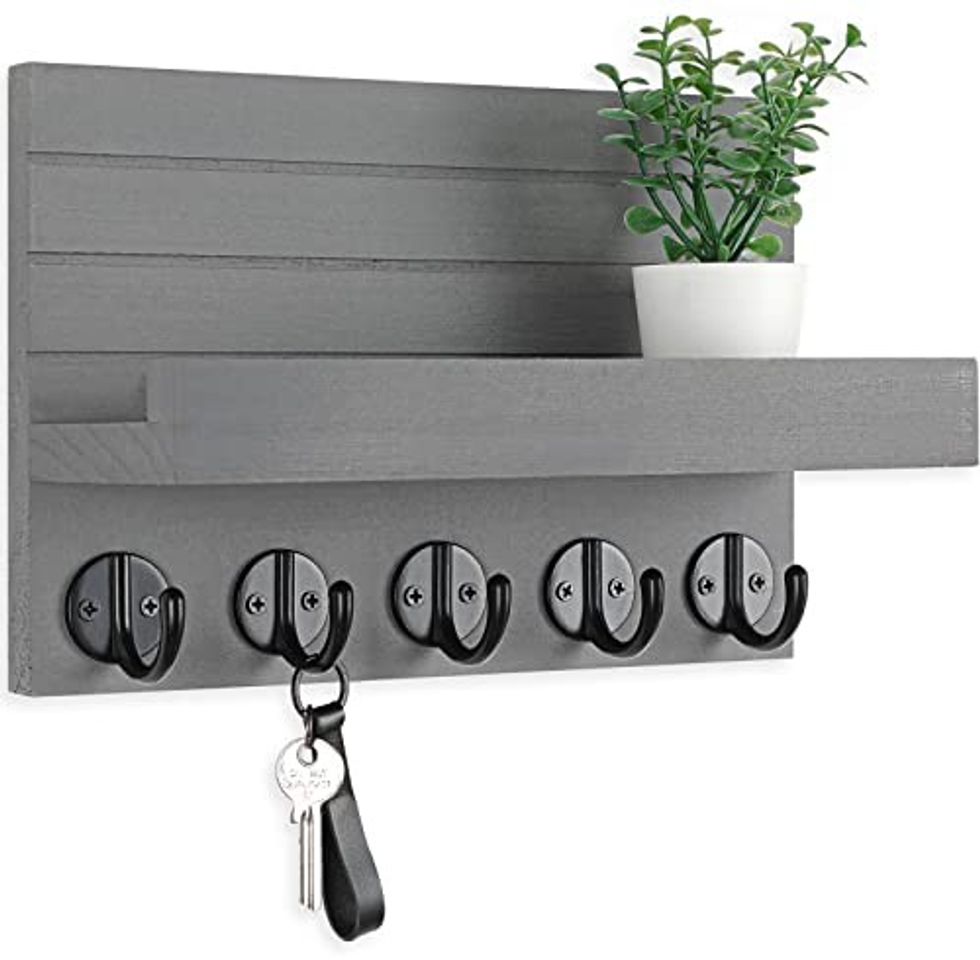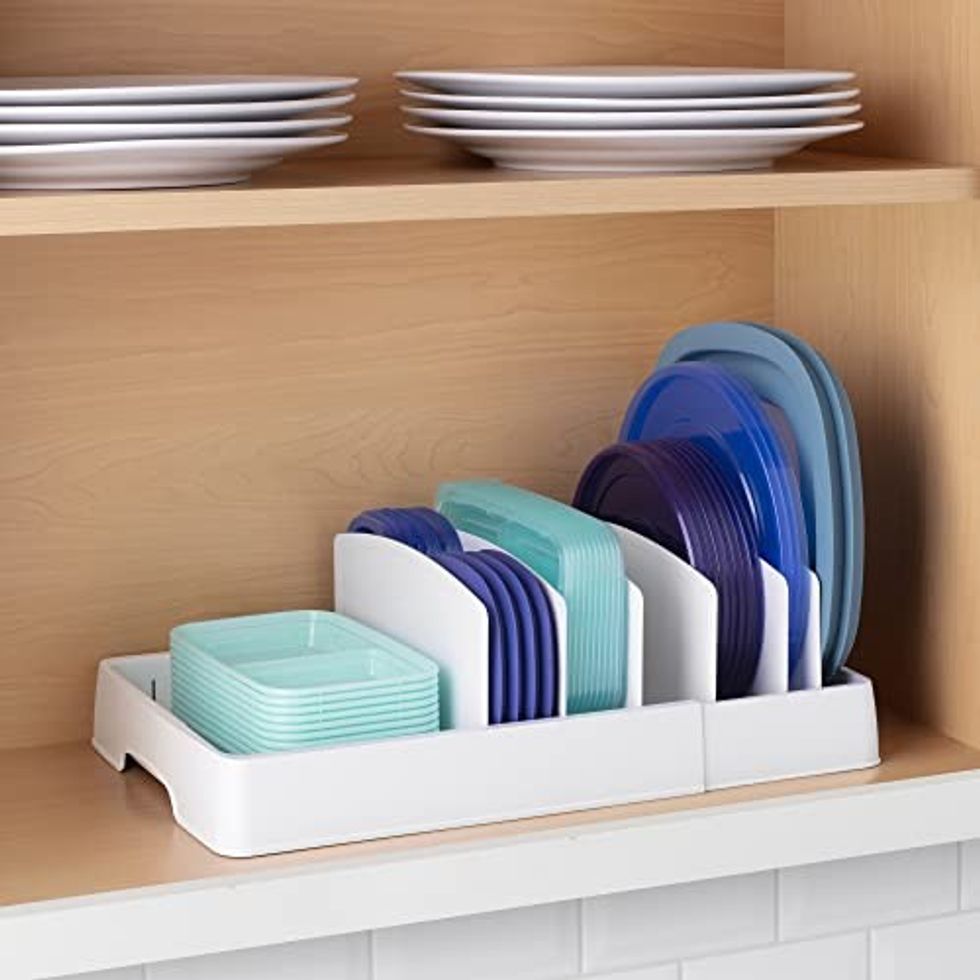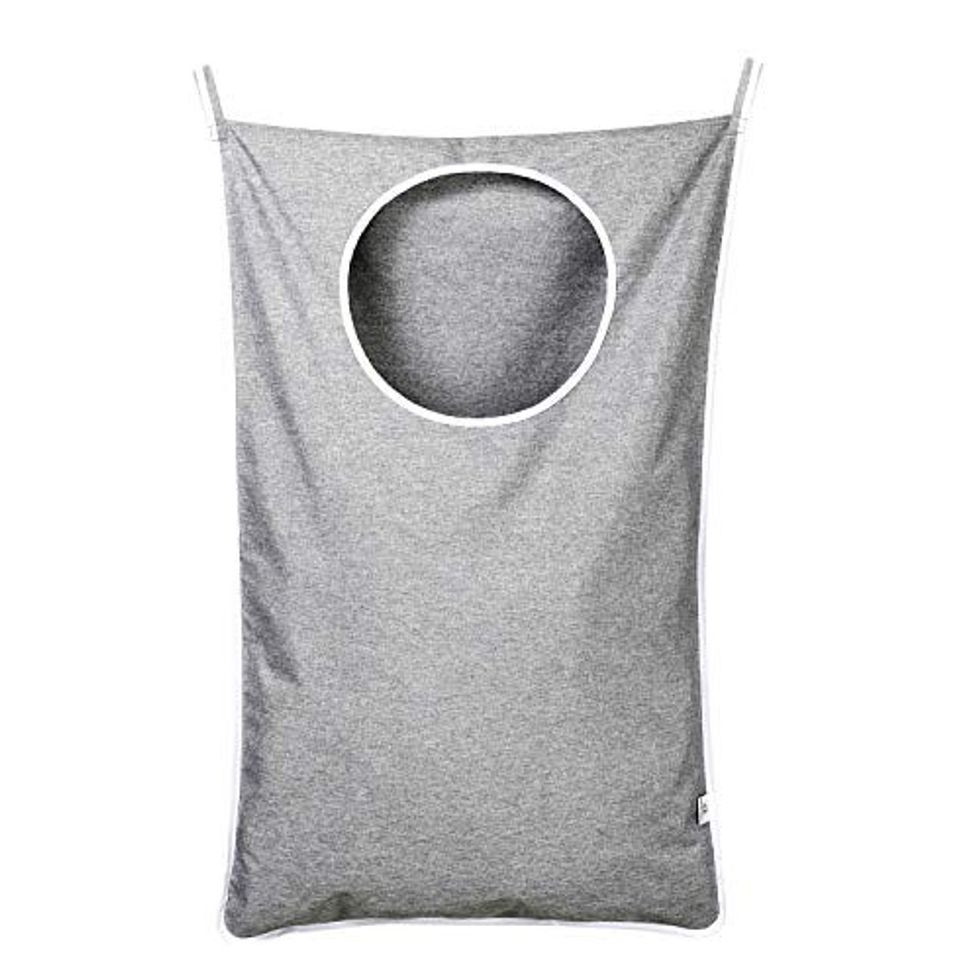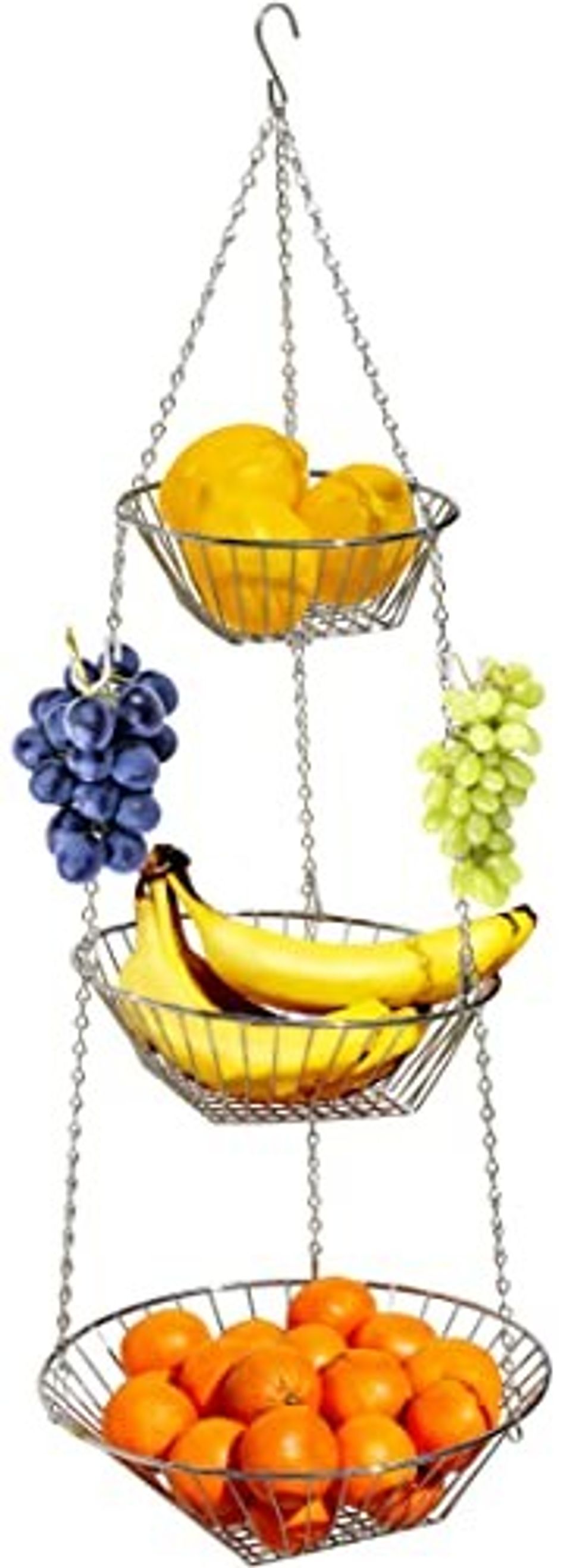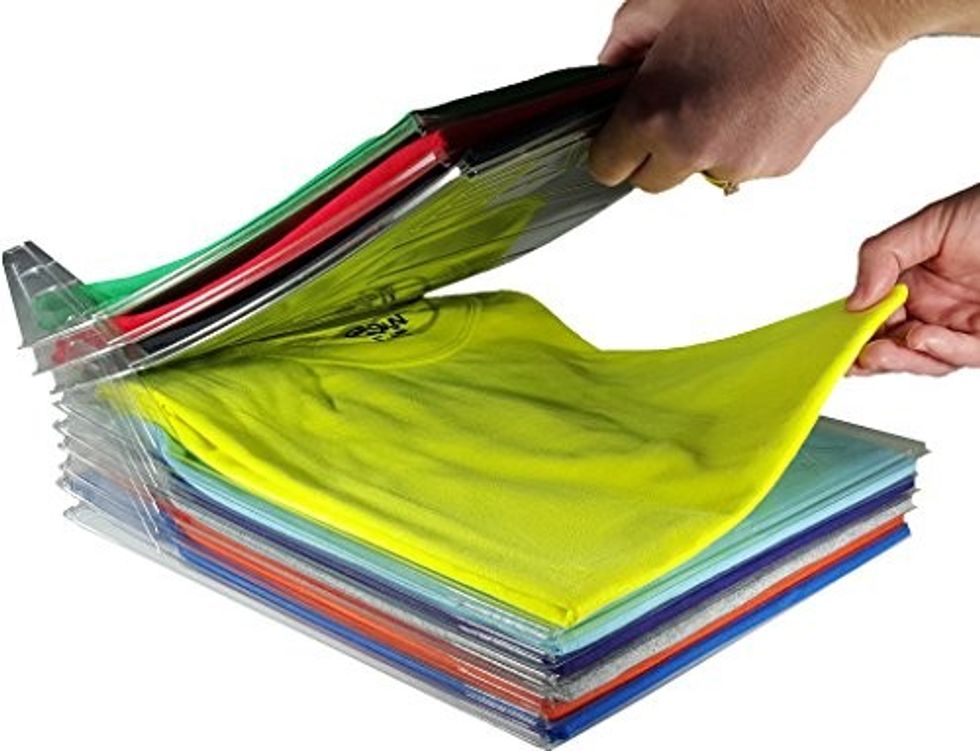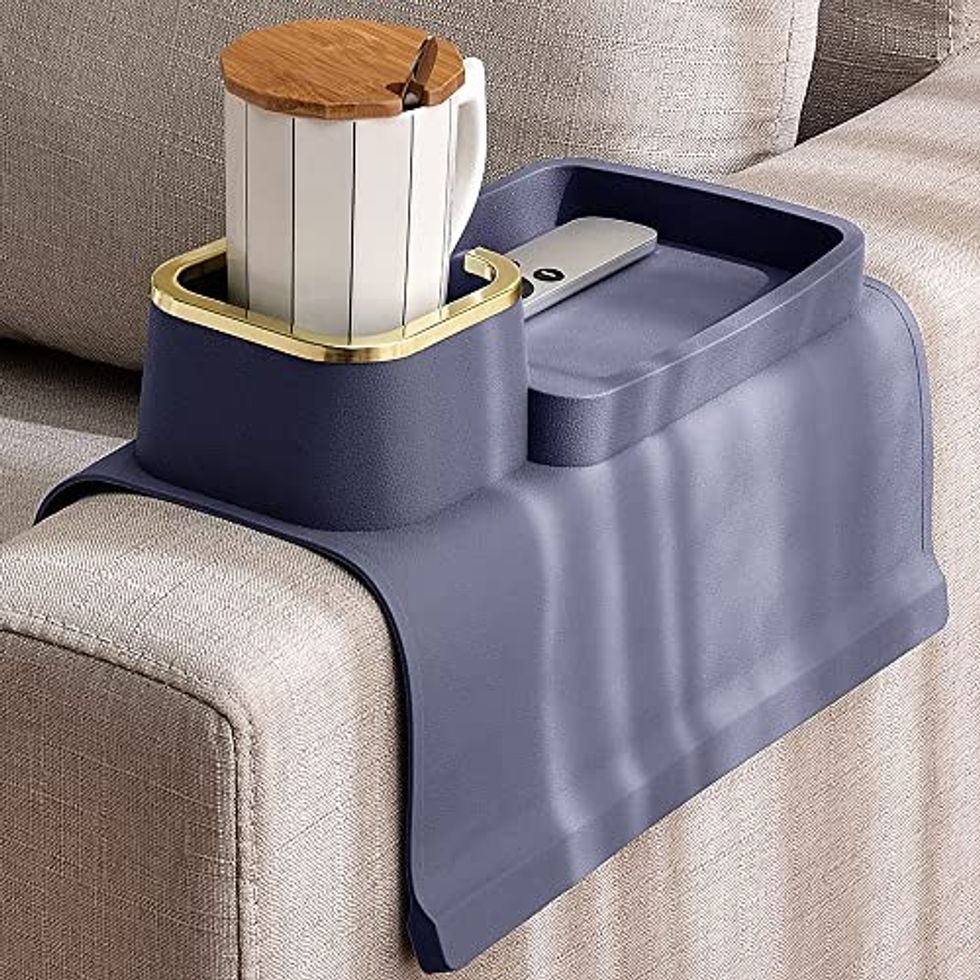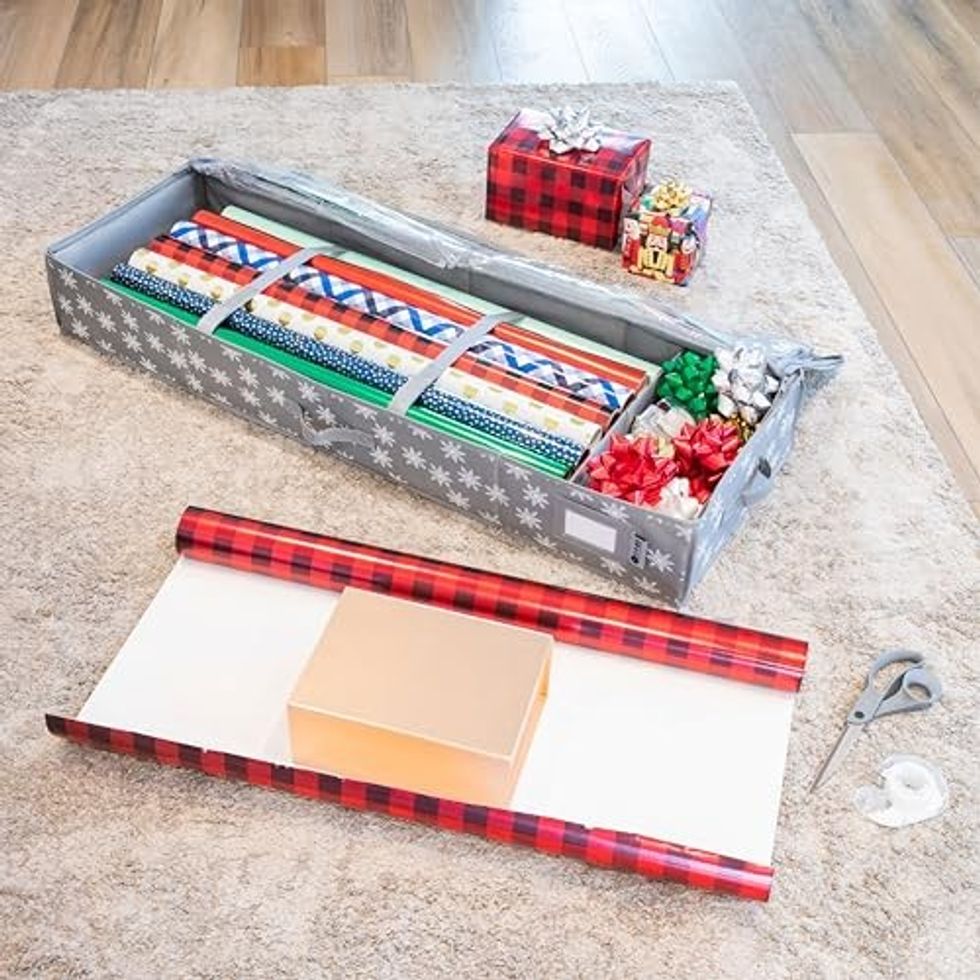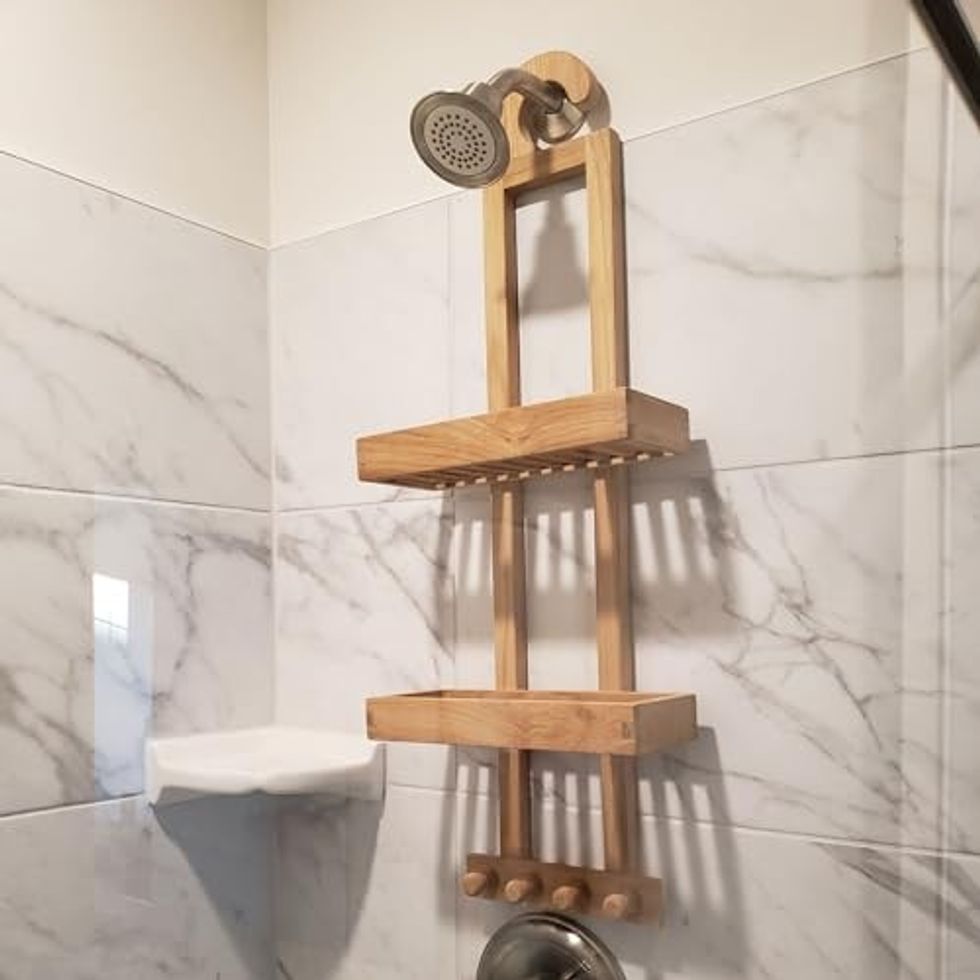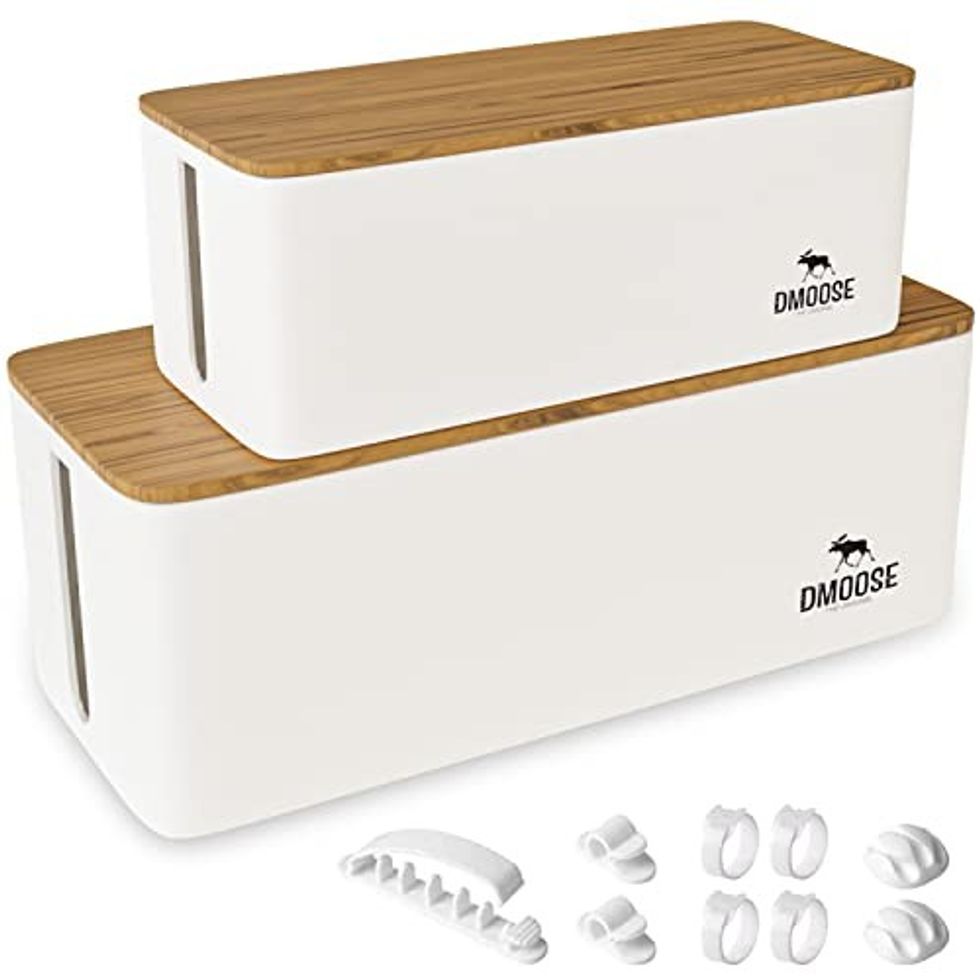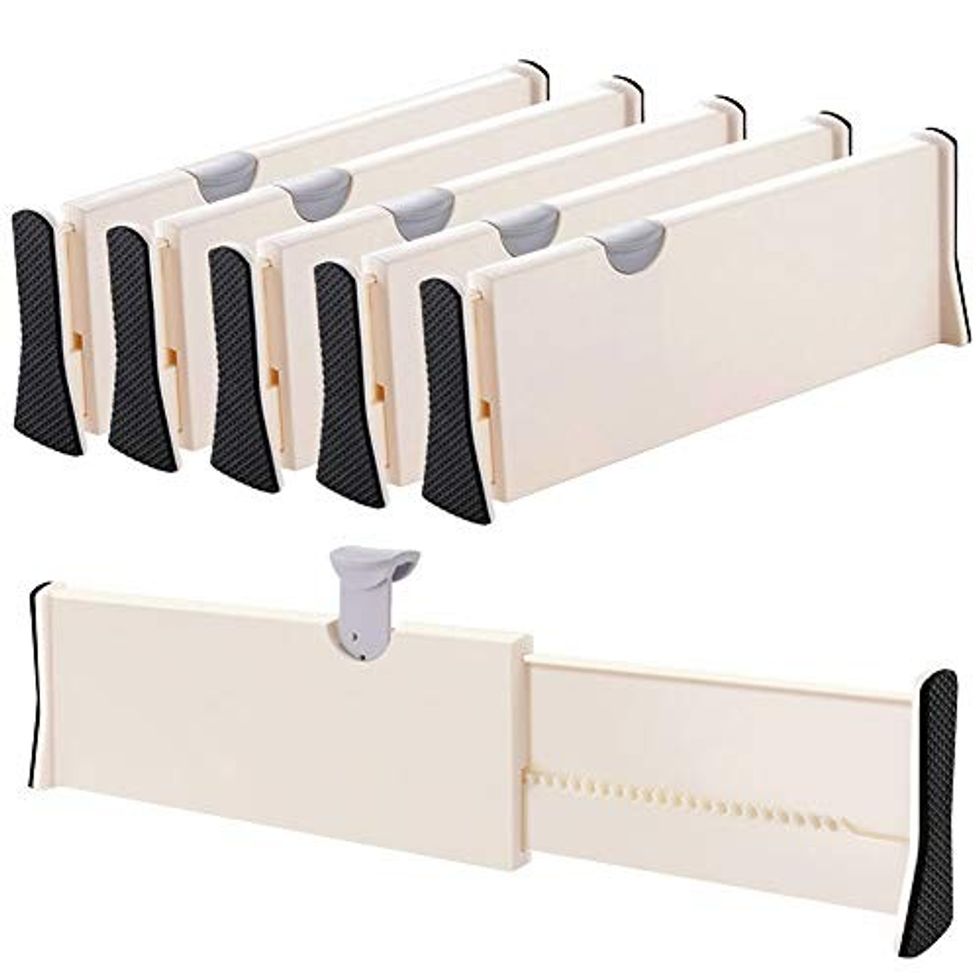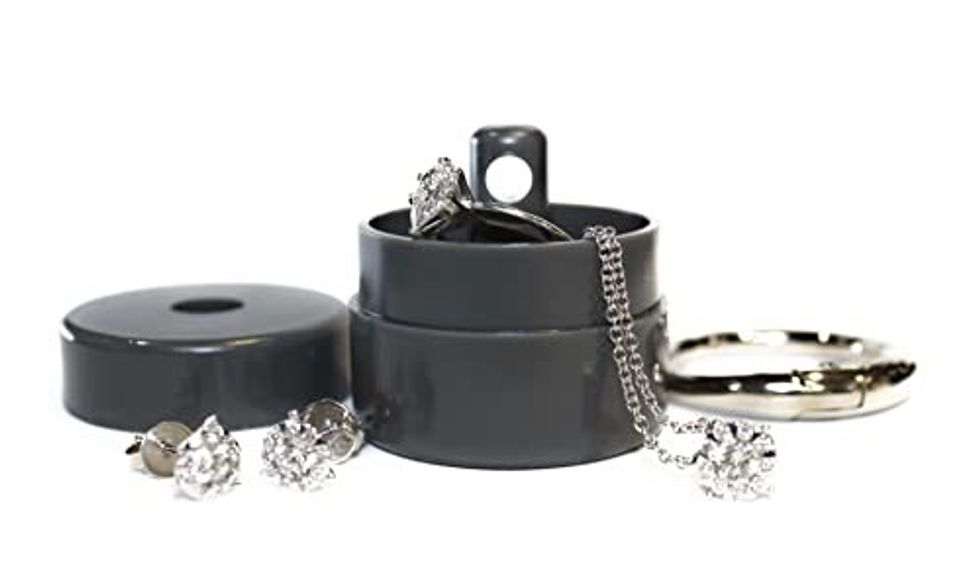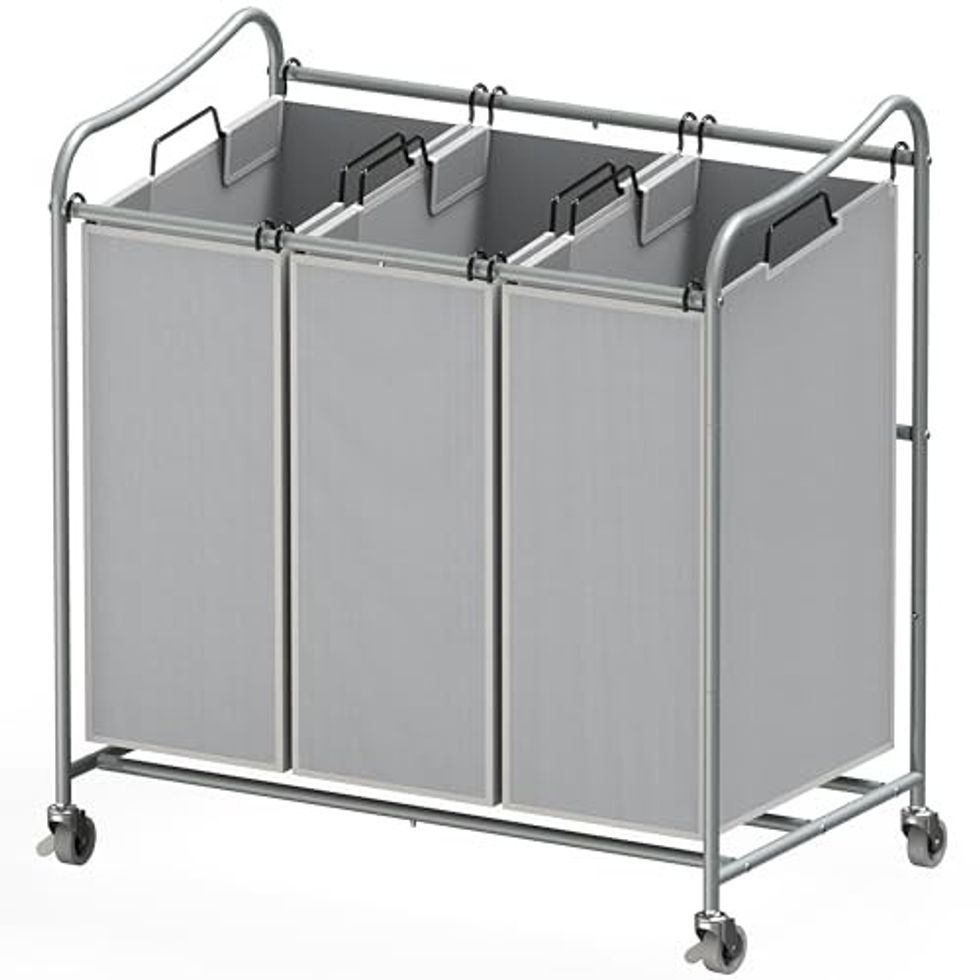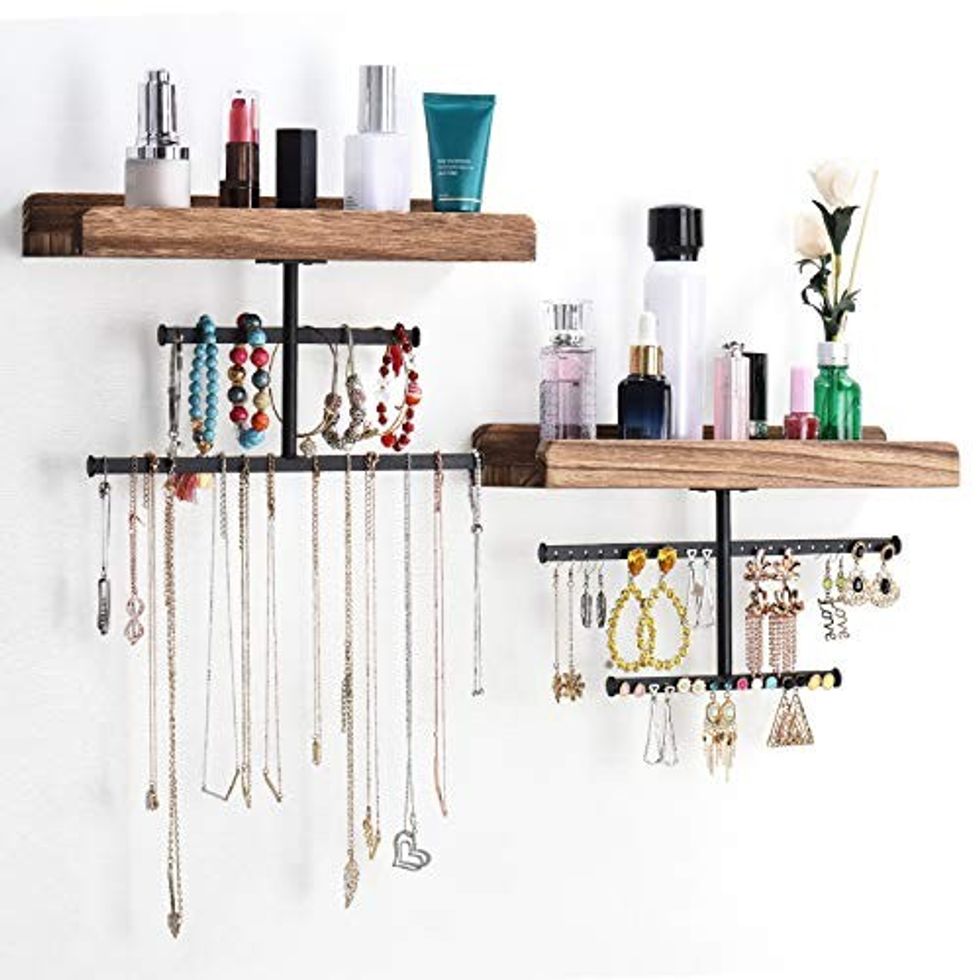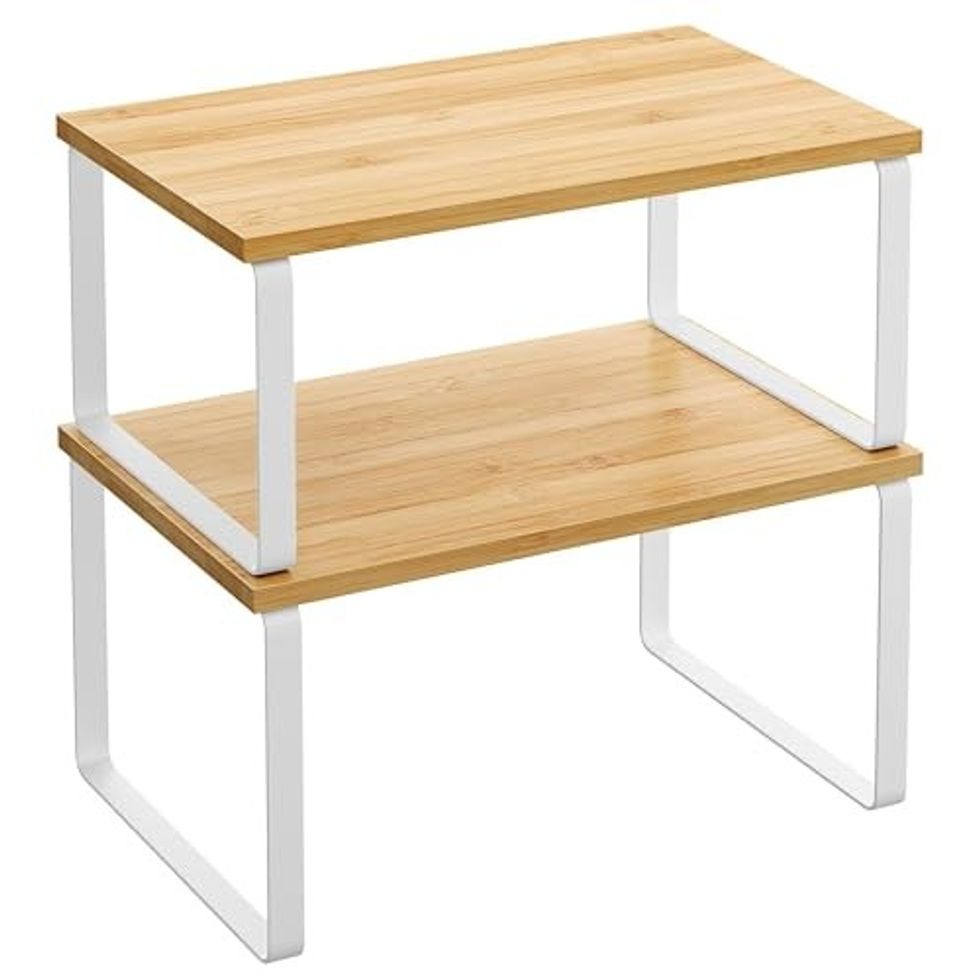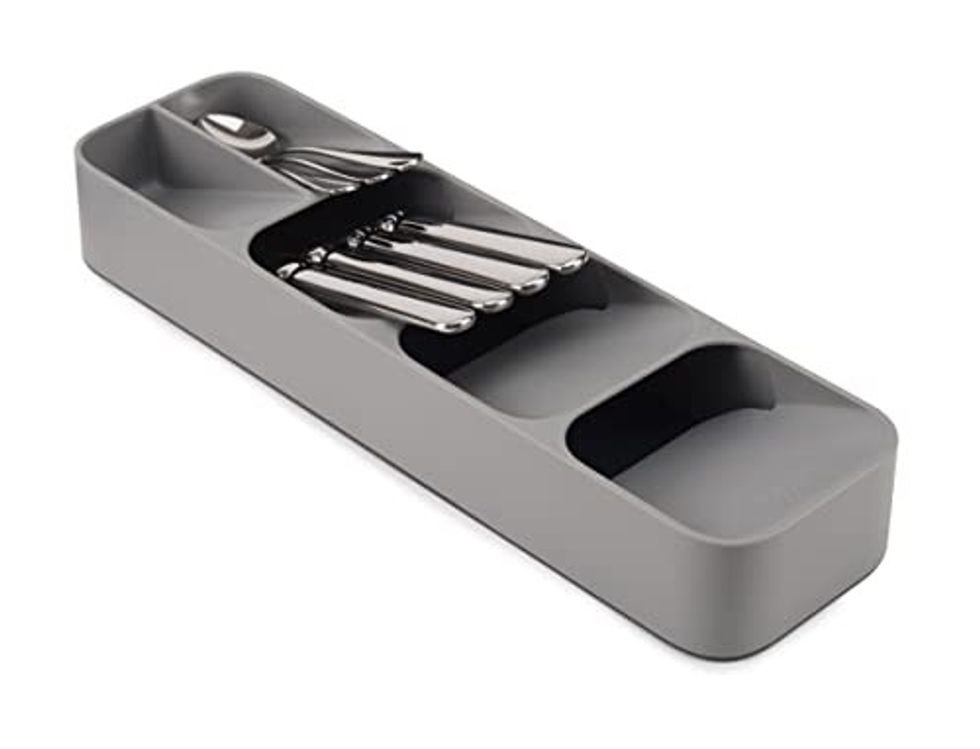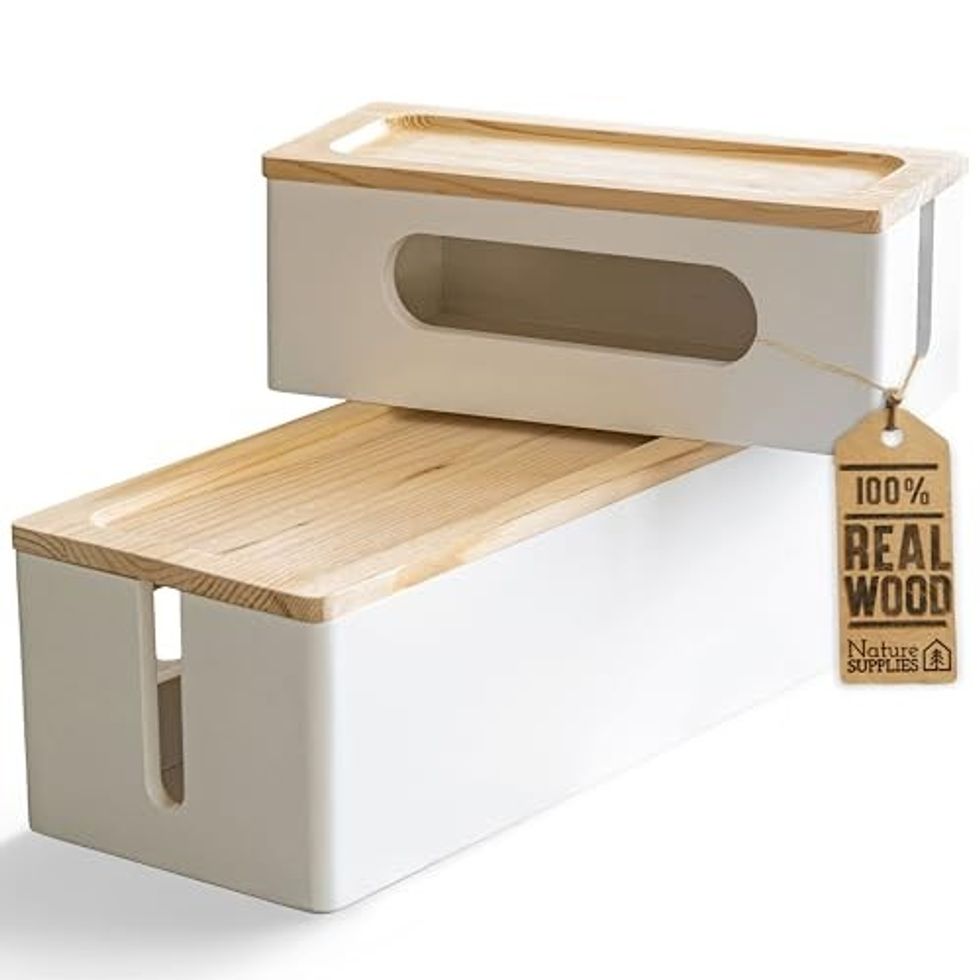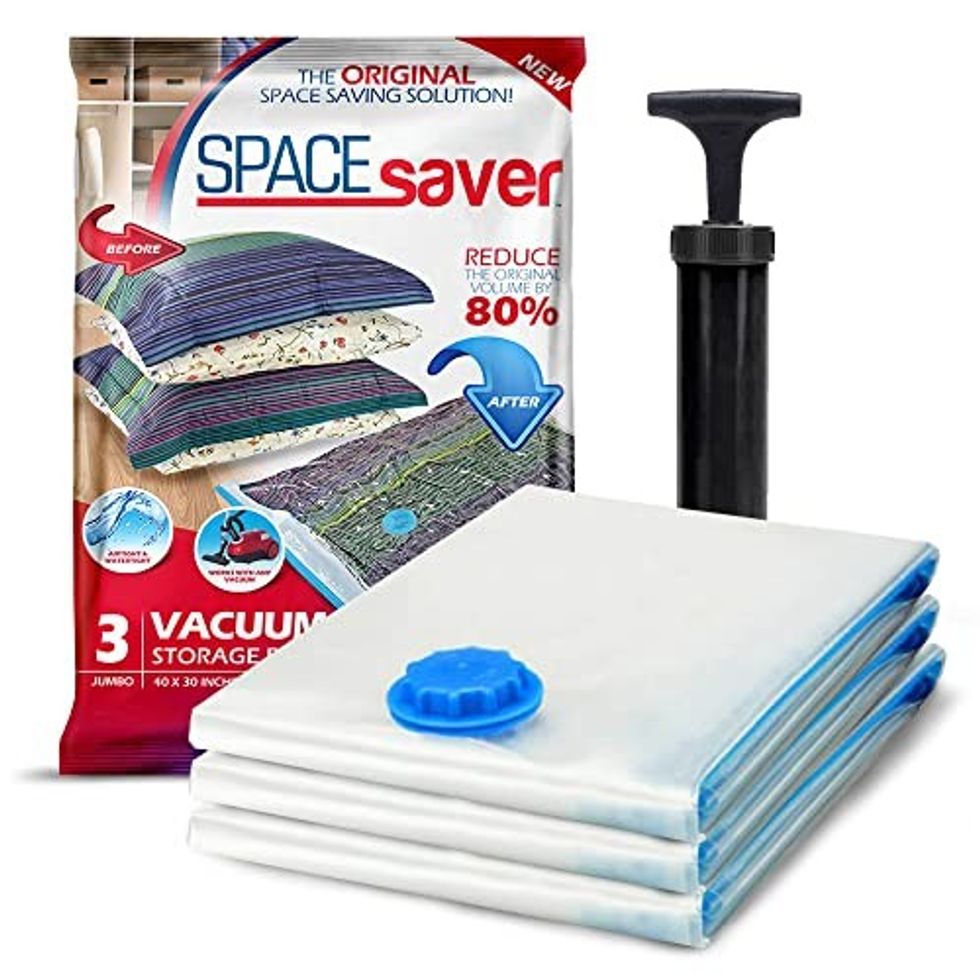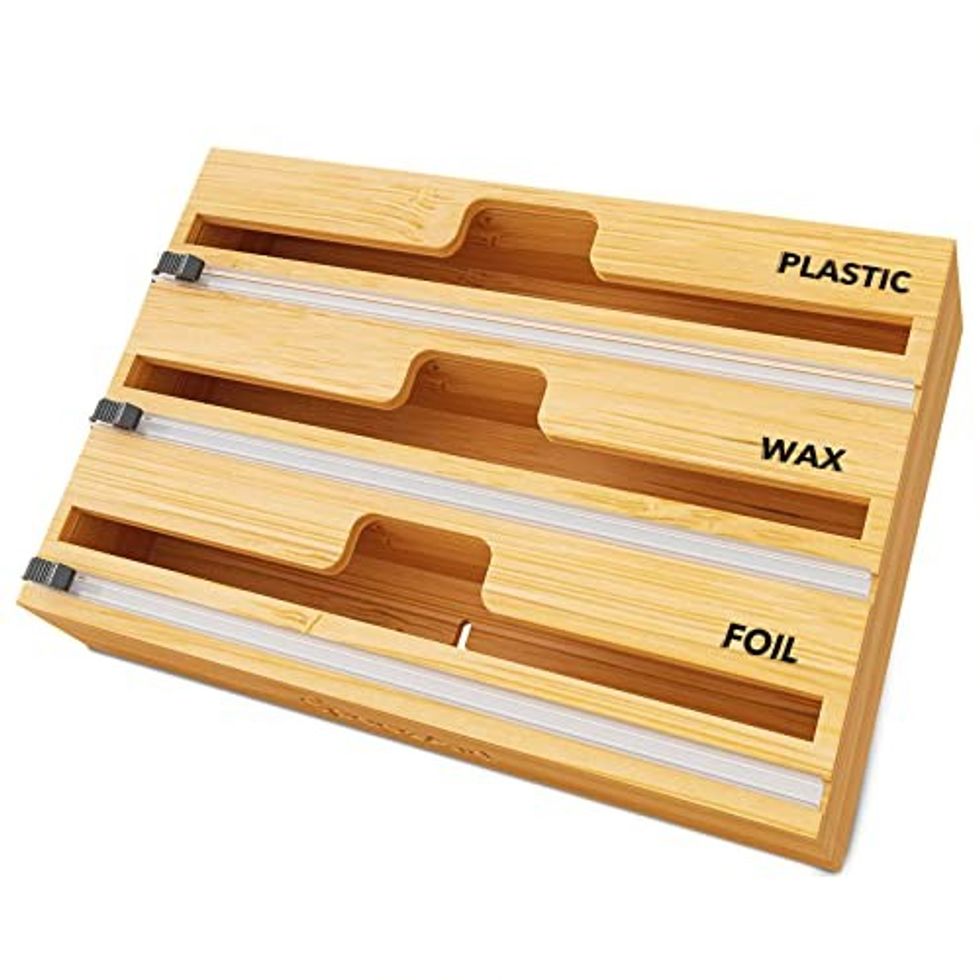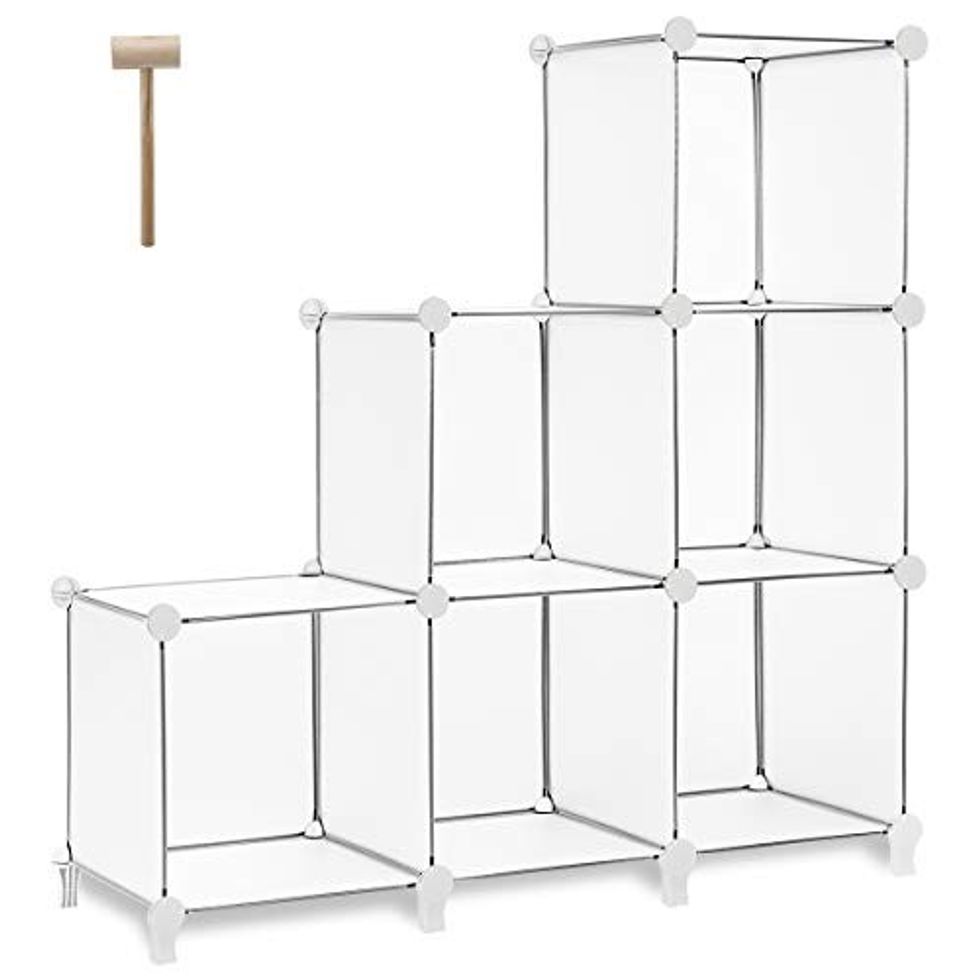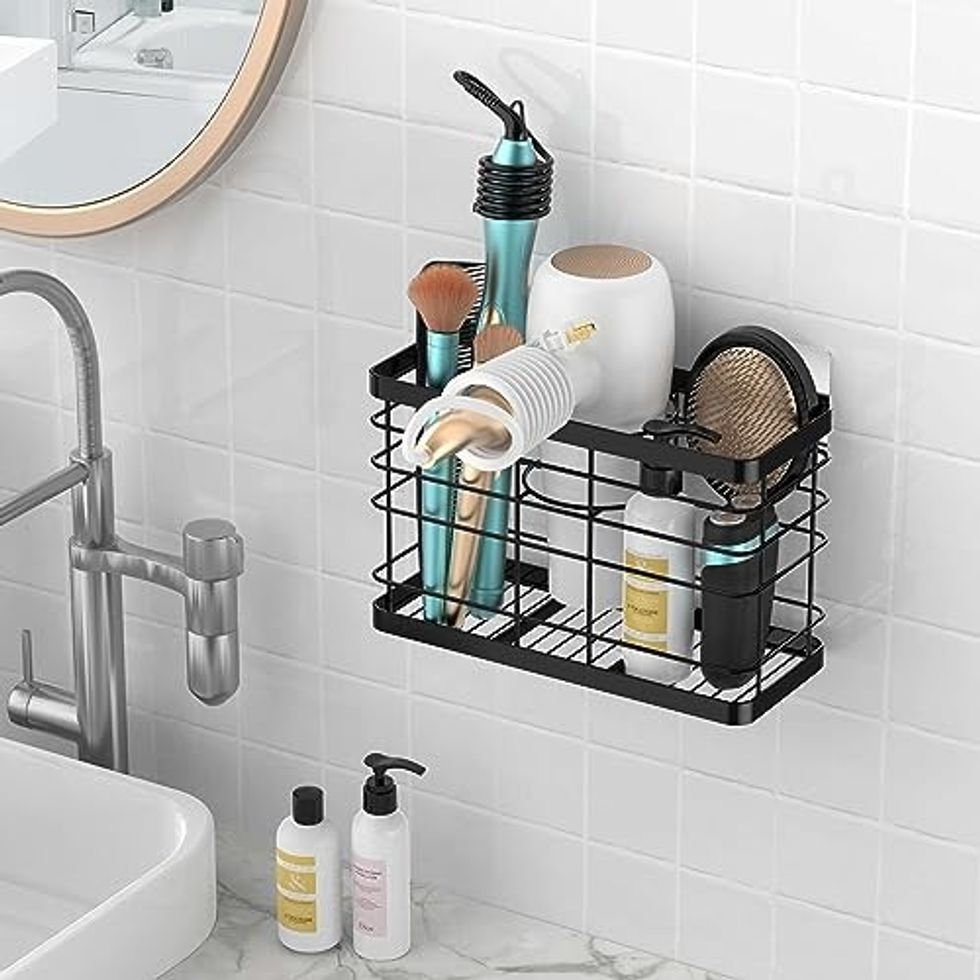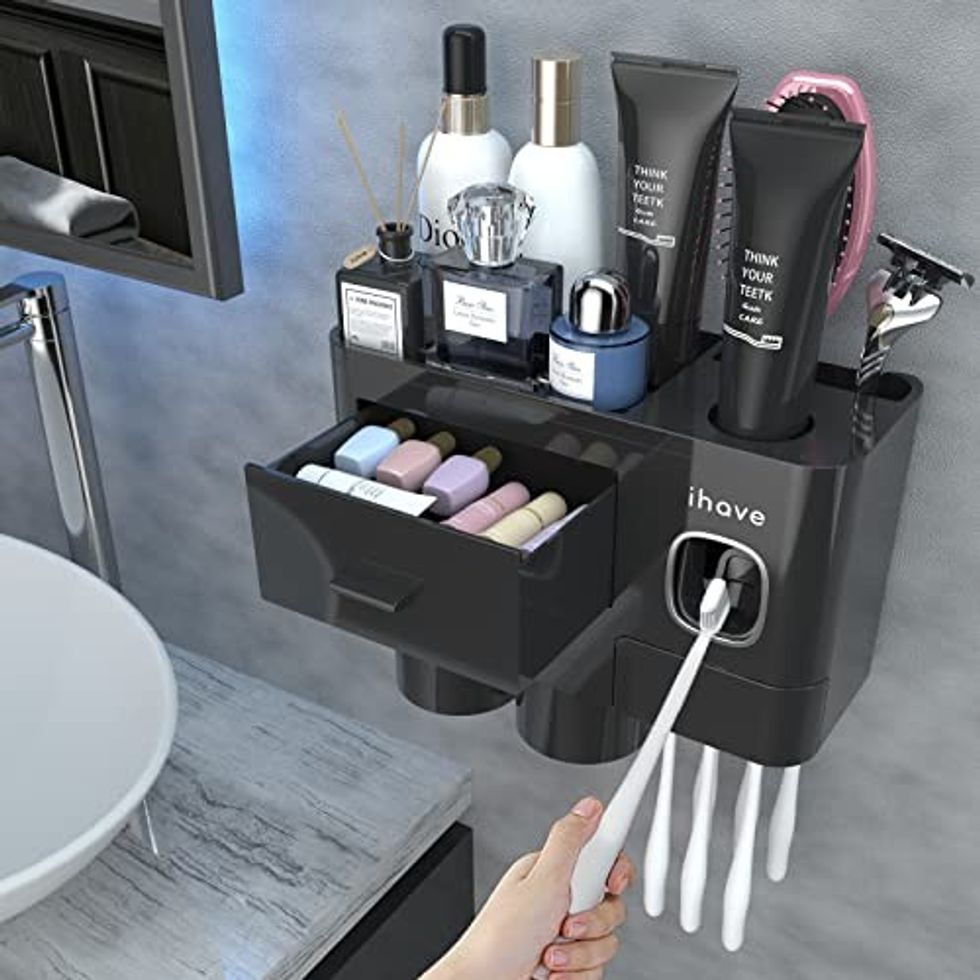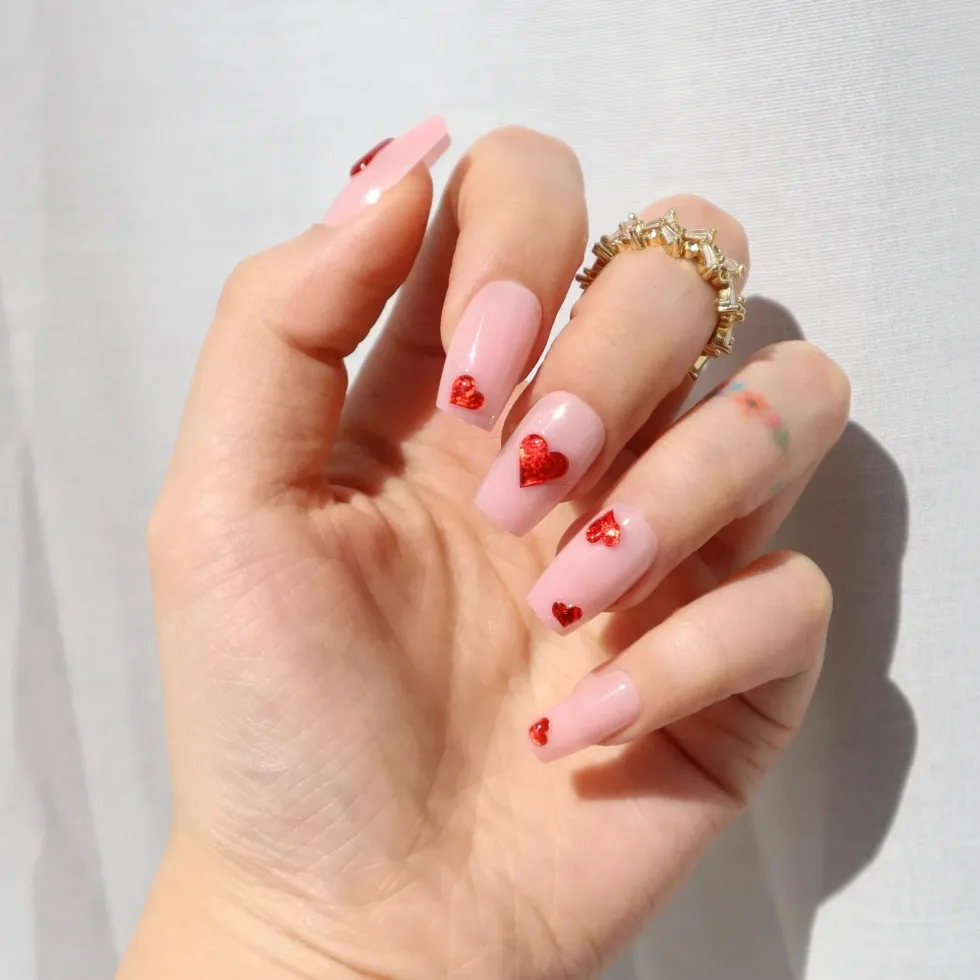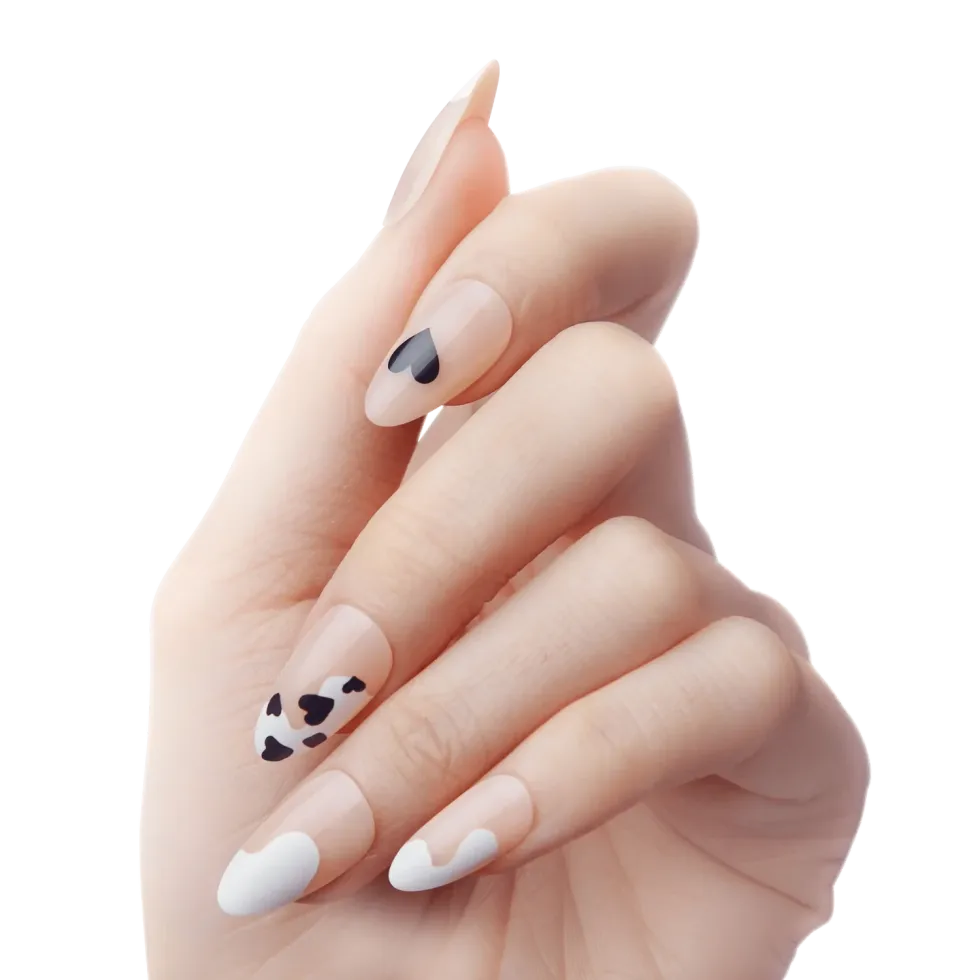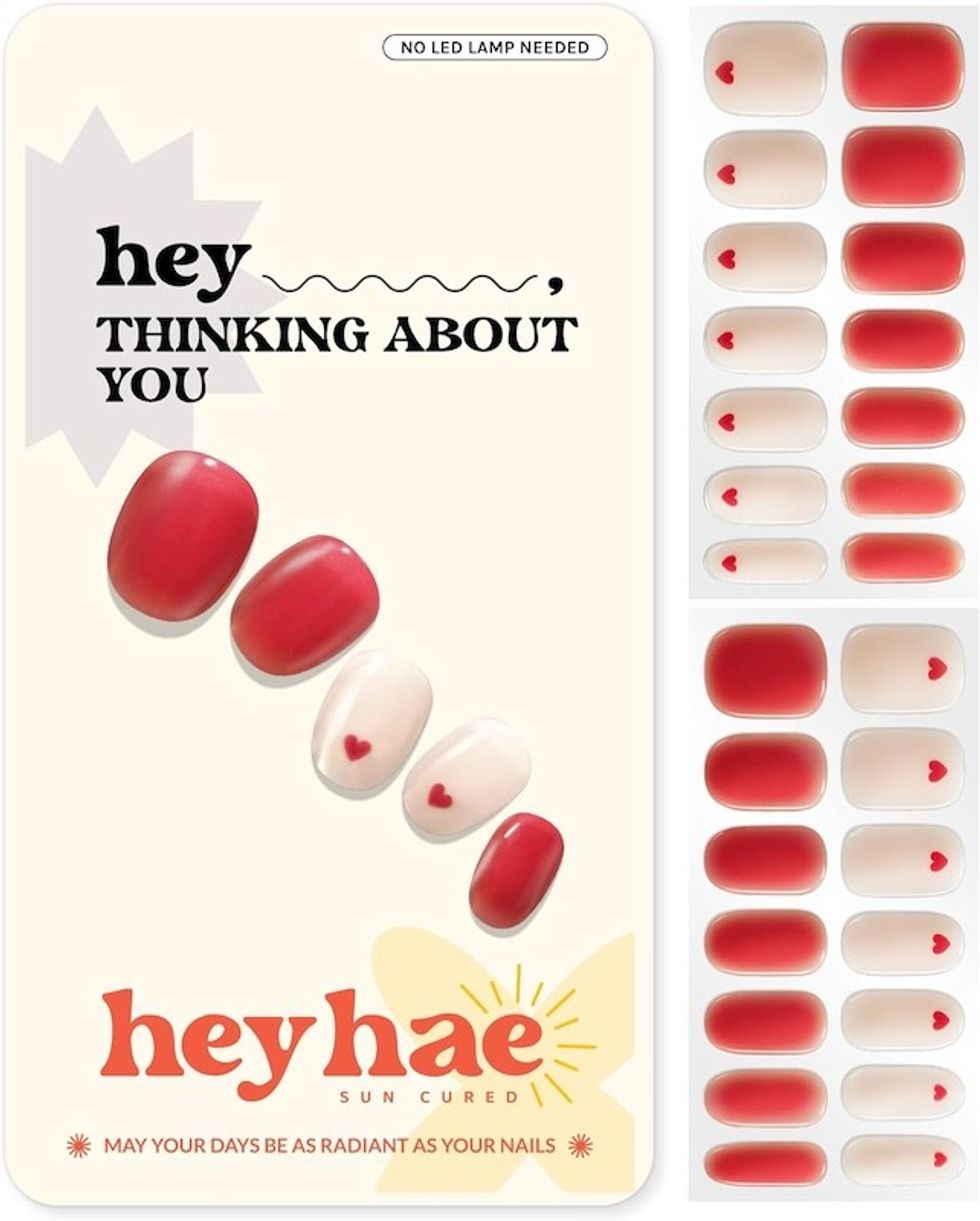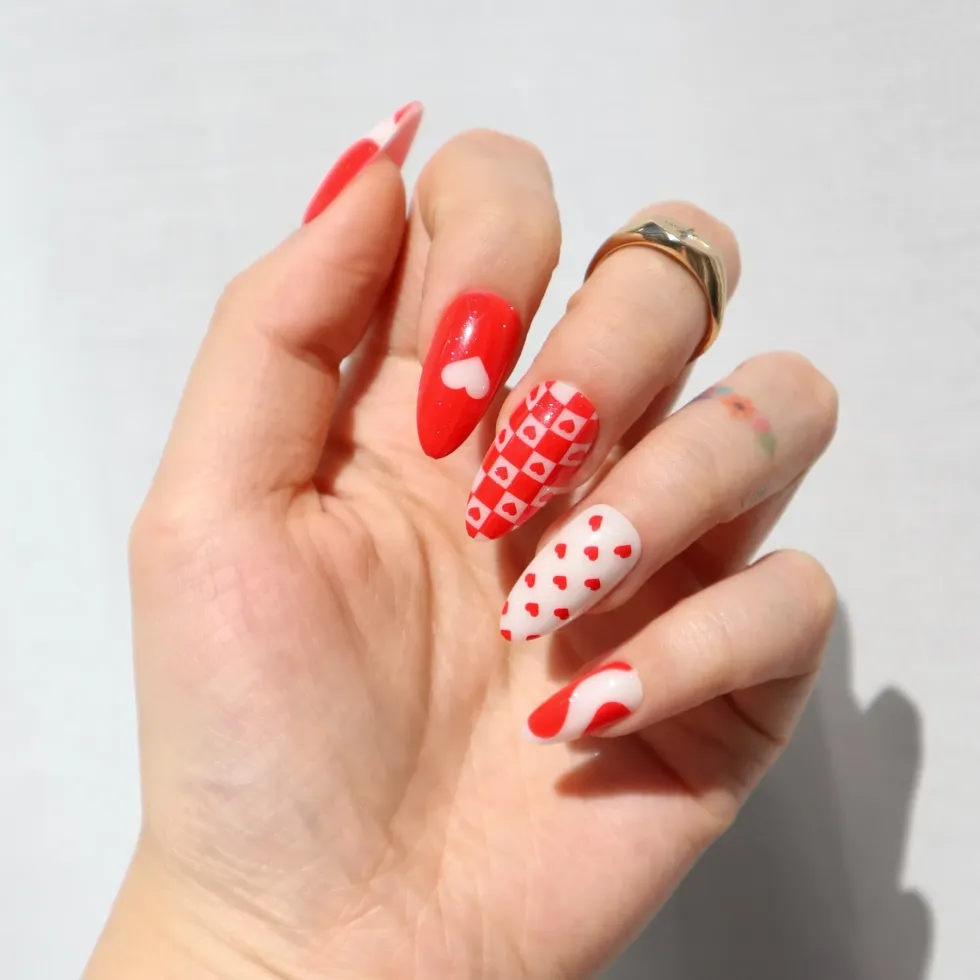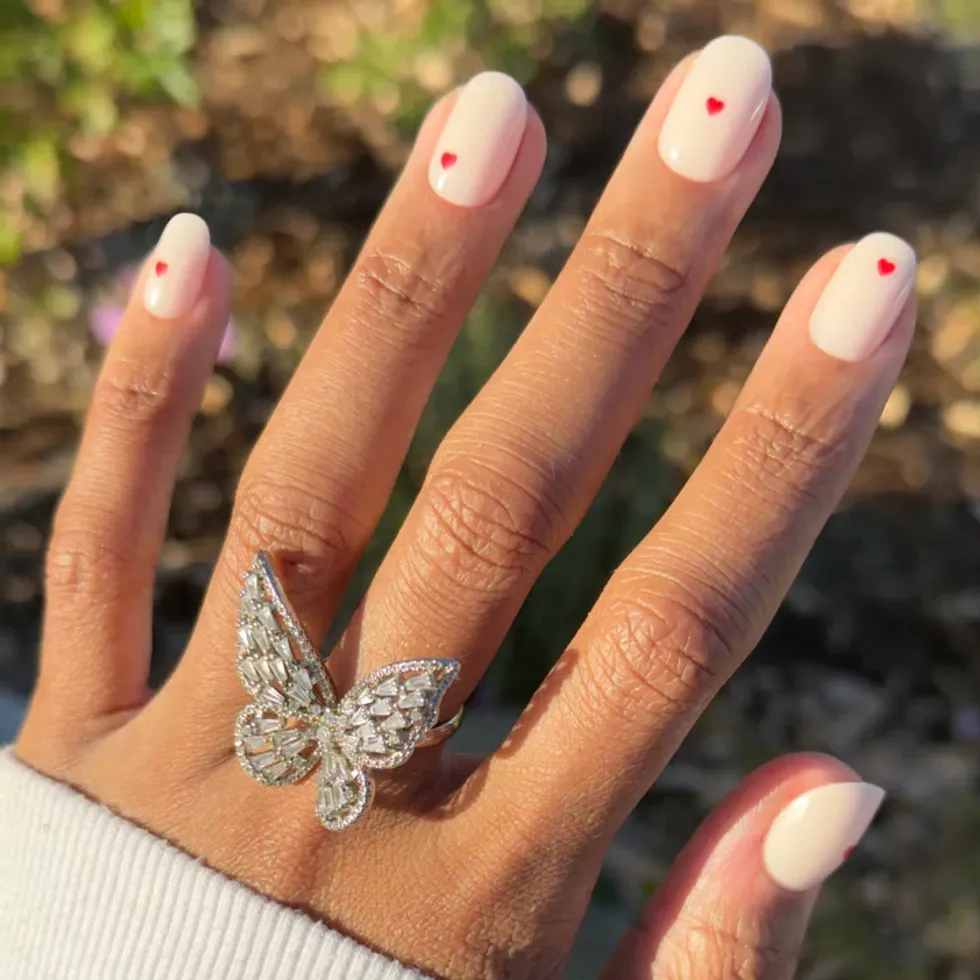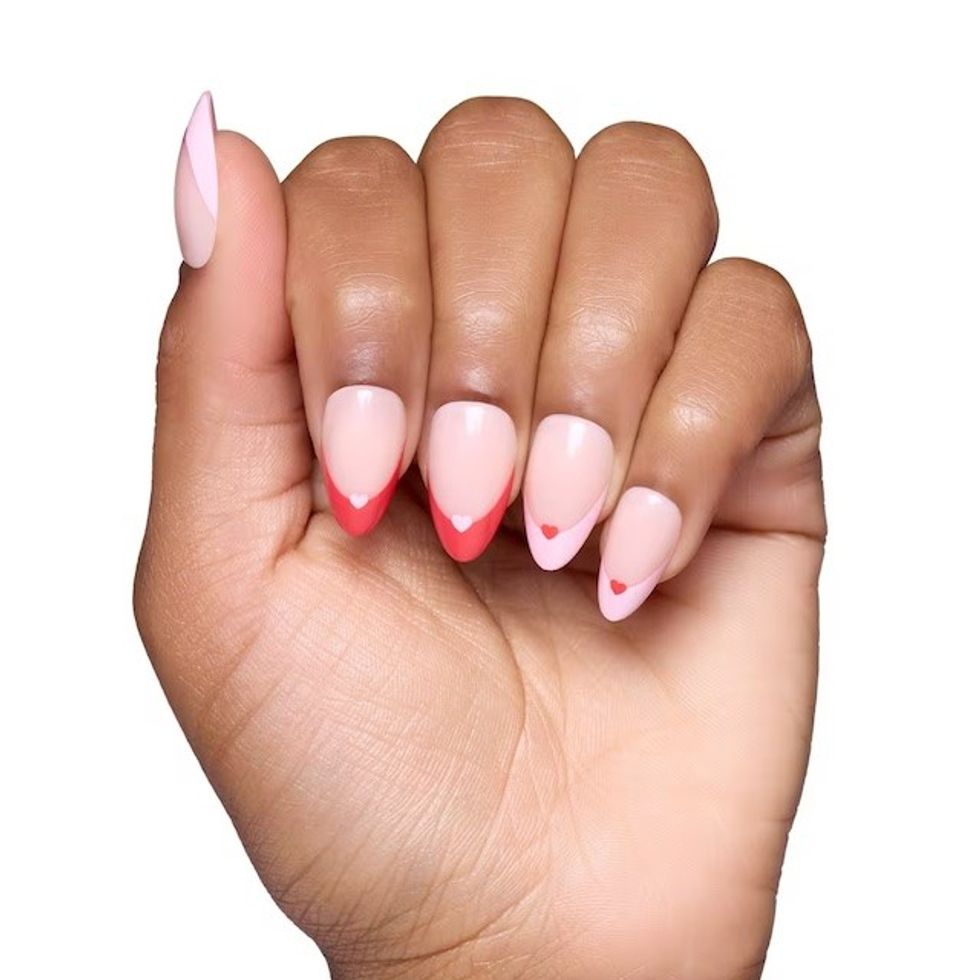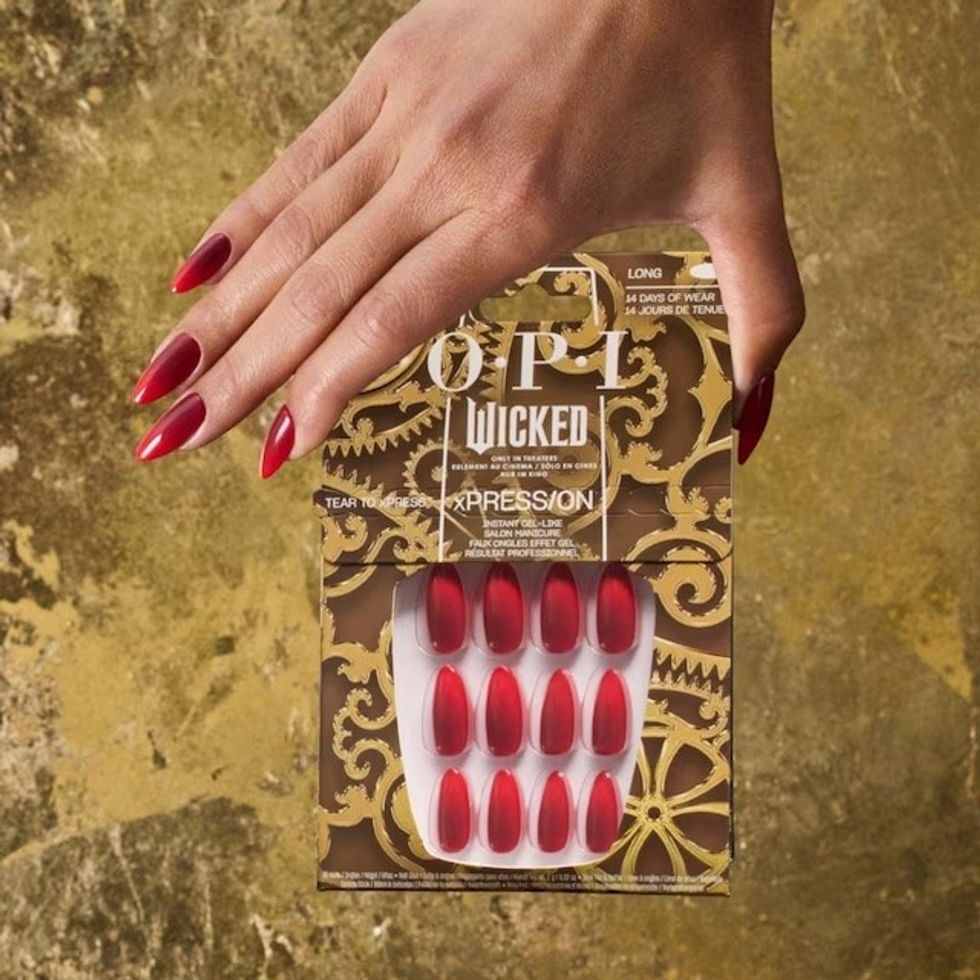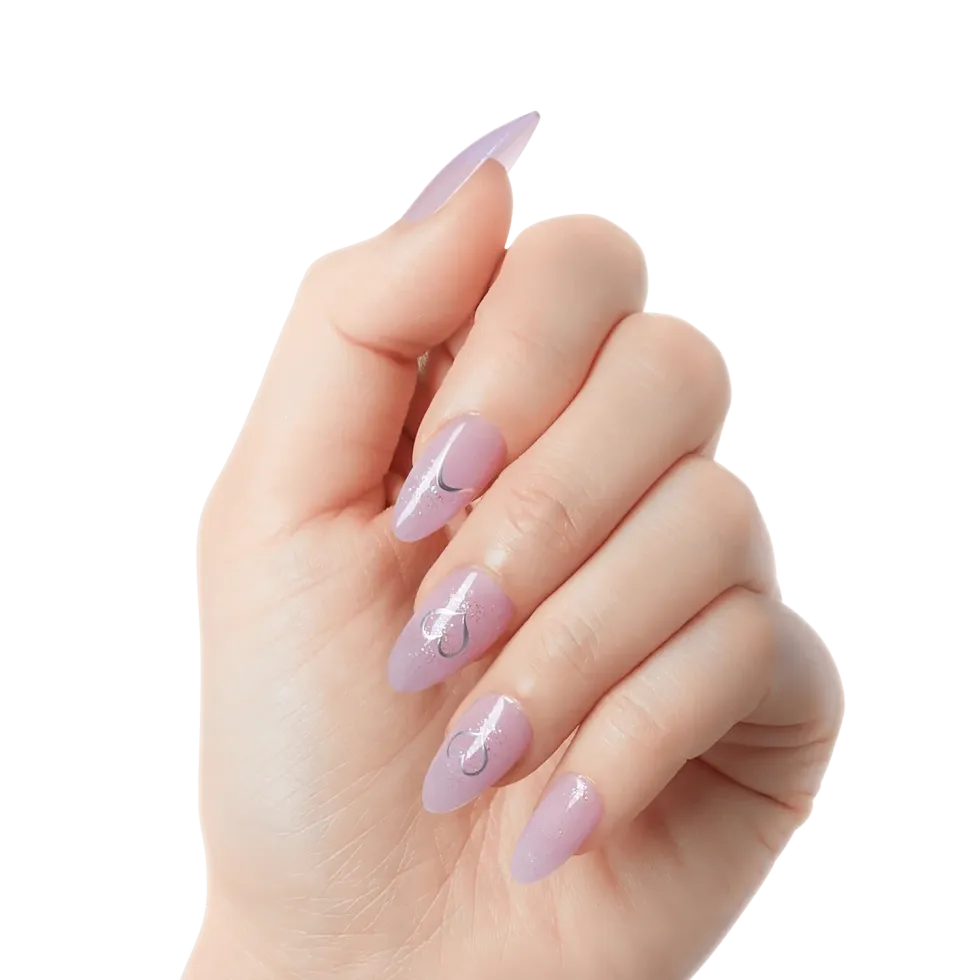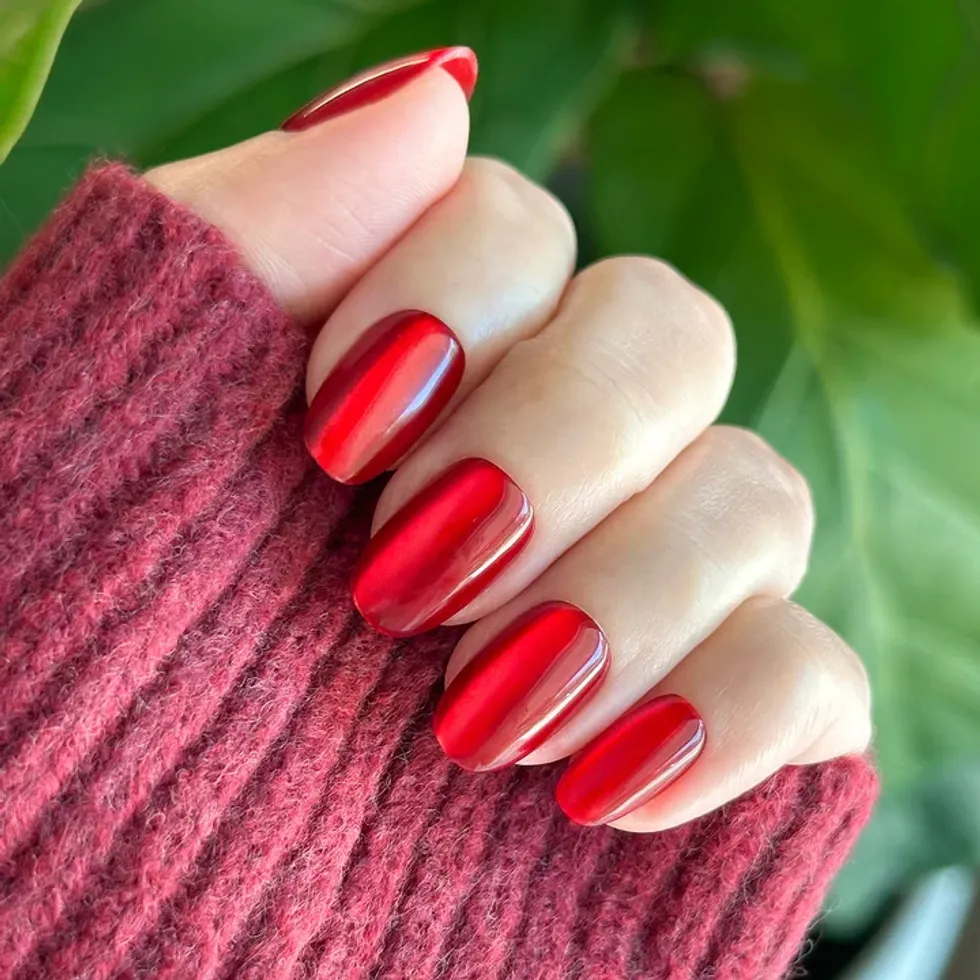It’s about time you started making more than just likes off of your killer photo skills. Snapwire is your way to photo fame.
How Your Instagram Photos Can Make You Money

So you’ve gotten pretty good at the art of mobile photography. You’re killing it with natural lighting, and you probably use at least two editing apps before you even get to Instagram. As the hearts flood in within minutes of every post, you rightly start to think, “I’m hot stuff.” But we have a question for you: When’s the last time all those likes earned you some cold hard cash?
Snapwire is a platform (on desktop and iOS) for photographers of all experience levels to make money from their photos via specific requests from companies, profile galleries and Snapwire’s company challenges. Requests are the major component of Snapwire. A person or company posts a request for a photo. It can be specific or general, like “Bicycles” or “People eating quality hamburgers.”
From there, Snapwire photographers submit photos, and the company nominates then purchases one or several of them for their project. The company making the request sets the price. Most are $15-$100, but it’s pretty common to see some priced at upwards of $300. Snapwire is free to use, but they get a 30% cut of photographs sold.
Newell knows what people look for in stock photography. He’s a veteran in the industry. He was the founder and CEO of stock photography company Media Bakery for 13 years, and along the way, he was seeing a shift in what companies were looking for in their purchased photos. The thing that was missing in the photographs on sites like Shutterstock and iStock was authenticity. After all, much of the photography that we see on a daily basis is no longer just on ads or in museums, it’s on social media from people who we know and trust.
Authenticity is really what sets Snapwire apart from other stock photography resources. Regardless of any formal photography training, through social media we have more and more opportunities to train our eyes to know what looks good. By taking a more crowdsourced approach to stock photography, Newell said, “[Photographers] insert expressions of themselves. They inherently understand that authenticity is already part of their style.” What’s better is that with mobile photography, people are able to capture these stellar shots in the moment. In fact, 60% of the photos on the site are taken on a smartphone.
Snapwire started in March with a limited number of users that they handpicked from their network of photographers. This set standards high from the get-go. But now, anyone with quality photos can take on a challenge. To get started, create a profile and add some of your most killer photos — ones that best show your personal style. From there, scroll through the requests and see if you have a great photo to submit to any of them, or you can go out and capture a new one.
Newell has some more insight on getting started:
- Pick the Best of the Best: Newell said, “Be a critical, harsh self editor. Only pick the very best photos.”
- Tell a Story: This goes back to that authenticity. Think of the details. What is the story you want to tell with each image?
- Don’t be Afraid to Find a Niche: Having a signature style can be a major benefit. Scroll through some of the best Insta photographers’ feeds, and you’ll see their visual style is consistent throughout.
The more success you have with Snapwire, the more perks become available to you. When you join the platform, you start off under the title of Explorer, and you can get bumped up through the ranks all the way to Pro. When a photo of yours gets nominated or sold, you are accelerated to a higher level, which gives you the opportunity to have your profile featured or even get a spotlight in Snapwire’s buyer emails.
For those of you wondering about rights, even after your photograph is purchased, you still keep the copyright. You’re just licensing that image for the buyer to use. There are some rare buyout exceptions that are totally worth it, like in the case of Pat Grant: He sold the rights to a photo of his friends having a piggyback race. For five years of exclusivity, the company paid him $6,000. Whoa!
You don’t have to be Insta famous or a professional photographer to create photos that people and companies want to buy. In fact, many of Snapwire’s more successful photographers started their photography careers on the site. Newell has some tips on how anyone can make a photo of their morning latte worth more than a couple dozen hearts on Instagram.
- Natural Light: Natural light trumps all. If you can play with natural light to create ideal highlights and shadows on your subject, then you’re golden.
- Negative Space: Even with a lot of stuff in your photo, you can avoid a cluttered composition with a good amount of negative space. Also, that negative space is prime real estate for marketers to put type on the image.
- Quality: Avoid low-light situations, especially when shooting on mobile. The grit and grain you get in low-light photos is no bueno. If you can’t get a clean, sharp shot, it’s best to try something else.
Even after you’ve got the perfect shot, third-party editing programs and apps are a must for creating that really professional, high-quality look and feel. That’s why Snapwire and Adobe have just started a partnership, allowing you to use Adobe Lightroom editing tools like Exposure, Red Eye, Temperature and Highlights right in the Snapwire app. With the help of Adobe’s new Creative SDK capabilities, you can also grab photos right from the Creative Cloud to edit and submit all from one place.
If you’re on the hunt for a perfect shot, open your own request. While many of the requests are from companies, we think these would come in handy for individual bloggers and entrepreneurs, too.
In the months since they’ve launched, Snapwire has already collected 50,000 photographers in 86 countries, and they’ve worked with big companies like Marriott and Denny’s. They even just opened their first international office in Japan, not only because it’s the second largest consumer of photography, but it’s also the largest producer. Besides the stats, working out of Japan is a great opportunity to explore stylistic trends in this booming part of the world.
In the future, Snapwire has plans to make the platform more social, as a network for photographers to meet and work with other photographers, and we can’t wait to see how they continue to amp up the photo community. P.S. Android folks, there will be an app launching for your mobile devices very soon.
Do you think your photographic style is worth paying for? Let us know what you think of Snapwire in the comments!
























